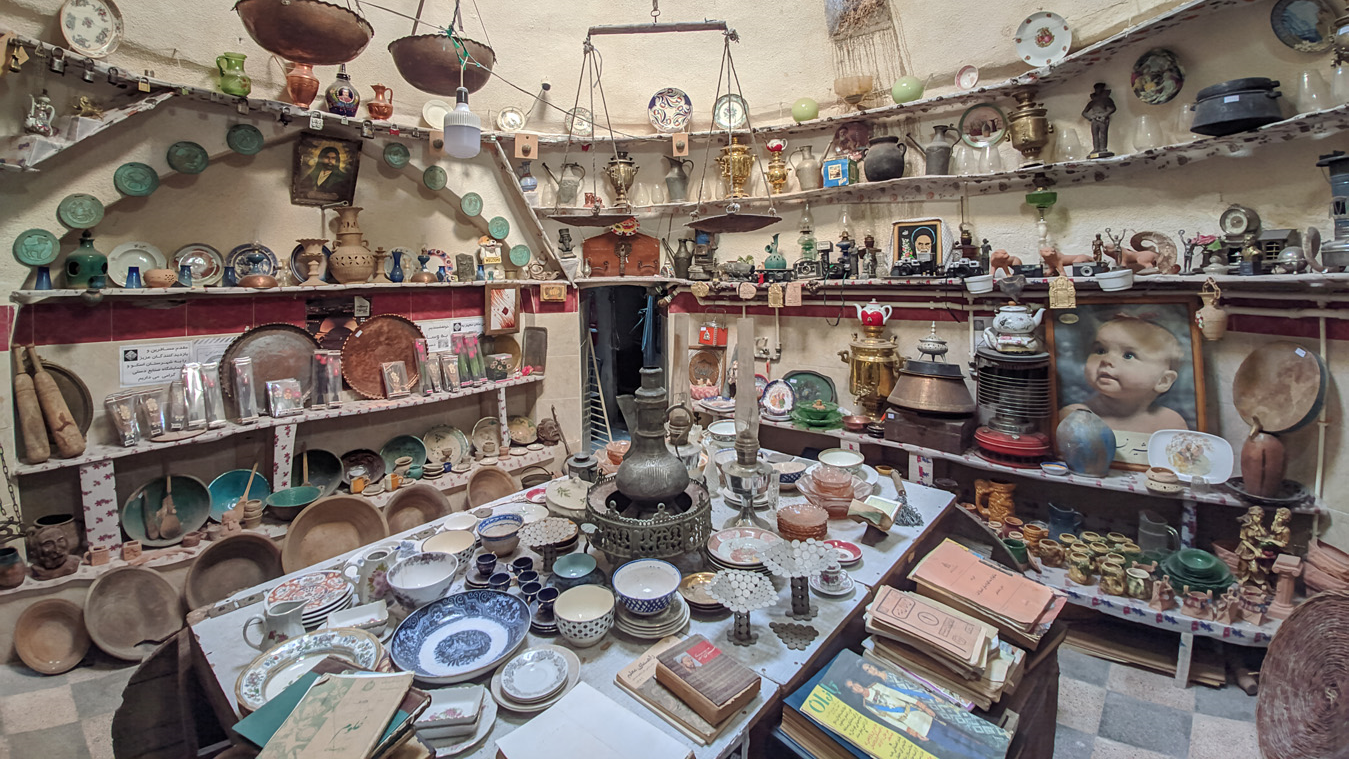
The Qajar Museum of Tabriz
The Qajar Museum of Tabriz is housed in one of the city’s historic residences. This mansion once belonged to Amir Nezam Garousi, a prominent statesman and writer, and was regarded as one of the most beautiful houses in Tabriz. After being appointed Minister, Garousi served for a time as Iran’s ambassador to England, France, and the Ottoman Empire. Upon his return and appointment as Minister of Foreign Affairs, he imported advanced machinery to Iran — some of the most modern equipment of its time — which was used for minting coins and printing. He also played a key role in the establishment of Mozafariyeh and Roshdieh schools, two of Tabriz’s oldest educational institutions, significantly contributing to the city’s scientific and academic development. The Mozafariyeh School, also known as the Dar al-Fonoon of Tabriz, was considered one of the most important schools of its era in Azerbaijan.
History of the Qajar Museum of Tabriz
The Qajar Museum of Tabriz is located in the Amir Nezam Garousi House, near the Maqbarat-o-Shoara (Tomb of Poets) — one of the city’s oldest and most famous cemeteries. Around 400 poets who lived in different historical periods are buried there, among whom Shahriar, the renowned contemporary Iranian poet, is one of the most famous. The construction of this building dates back to the reign of Naser al-Din Shah Qajar (1848–1896 CE / 1227–1275 SH). Amir Nezam Garousi built the house for his residence during the time he held an administrative position in Azerbaijan. After his death, the governors of Azerbaijan resided in the mansion. However, following the fall of the Qajar dynasty in 1925 (1304 SH) and the rise of the Pahlavi government, the house was taken over by the state. In the years that followed, due to neglect and lack of maintenance, large parts of the building were damaged and deteriorated. In 1991 (1370 SH), the ownership of the house changed. After a comprehensive restoration project in 2006 (1385 SH), it was repurposed as the Qajar Museum of Tabriz thanks to its traditional features and unique architectural characteristics. The Amir Nezam Garousi House (Qajar Museum) was officially registered on Iran’s National Heritage List in 1996 (1375 SH).
Architecture of the Qajar Museum of Tabriz
The total area of the land on which the Amir Nezam Garousi House was built is about 3,000 square meters, and the mansion itself has two floors with an infrastructure of nearly 1,500 square meters. The basement of the building features a large pool hall (Howz-khaneh), renowned as one of the most beautiful parts of the entire structure. The pool hall which is connected to the courtyard and rooms through several corridors, and the brickwork decorations on the ceiling add an indescribable charm to this section of the building. Opposite the museum’s main entrance, there is an inscribed genealogy of the Qajar dynasty, along with a section of the tribal history of the Qajars displayed on a stone plaque. The house has two courtyards — the inner (Andaruni) and the outer (Biruni) — each featuring gardens and multiple pools. A veranda supported by 16 beautifully decorated columns and capitals stands out as one of the architectural highlights of the mansion. The ornate sash windows (Orosi) with colored glass, alongside the stucco decorations on the northern and southern façades, and the mirrorwork and stucco ornaments inside the halls, make visiting this historical complex a delightful experience for every tourist.
Sections of the Qajar Museum of Tabriz
The museum consists of numerous halls. On the upper floor are the Hall of Coins, Hall of Textiles, Hall of Porcelain, Hall of Glassware, Hall of Metals, Hall of Music, and Hall of Inlay Work. The basement includes the Hall of Stone Artefacts, Hall of Weapons, Hall of Statesmen and Decrees, Hall of Architecture and Urban Planning, Hall of Locks, and Hall of Lanterns, each displaying a variety of historical objects. Among the most notable items in the museum are inlaid works, metal tools, musical instruments, glassware, and porcelain vessels. A section of the museum is also dedicated to displaying some of the earliest photographs taken in Iran after the arrival of the first cameras during the reign of Nasser al-Din Shah Qajar. Additionally, statues of prominent figures from the Qajar era—such as Mirza Isa Qa’em-Maqam Farahani, Mirza Abu’l-Qasem Qa’em-Maqam Farahani, Amir Nezam Zangeneh, Amir Nezam Garousi, and Amir Kabir—are displayed throughout the museum.
| Name | The Qajar Museum of Tabriz |
| Country | Iran |

















The Qajar Museum of Tabriz; Visiting Historical Objects in a Unique Historical House
The Qajar Museum of Tabriz was established in the year 2006 in the house of Amir Nizam Garussi, located in the Sheshghelan district of the city of Tabriz after it was renovated. This house had been built by Amir Nezam Garrusi during the time he served in the court of the Qajar king, Nasser al-Din Shah. After serving as Iran’s ambassador in England, France, and the Ottoman Empire, Garussi reached the position of Iran’s Foreign Minister and imported certain types of machinery into the country, which were the most advanced equipment available at the time and were used for coinage and printing. He also contributed to the establishment of Mozaffarieh and Rushdieh schools, two old schools of Tabriz city, and left a great impact on the scientific and educational progress of this city. Mozaffarieh School, which is known as "Dar al-Funun of Tabriz", was considered one of the most important schools of Azarbaijan in that era.
History
The construction of this building dates back to the reign of Naser al-Din Shah (1848 to 1896). Amir Nizam Garussi built this house for his residence when he was an official in Tabriz. After his death, the governors of Azarbaijan resided in this house, but after the fall of the Qajar dynasty in 1925 the Pahlavi regime took over this house but due to being neglected, many parts of the building got damaged. After undergoing certain restoration works in 2006 - due to its traditional characteristics and unique features, it was turned into the Qajar Museum.
Architecture of the Qajar Museum of Tabriz
This mansion had been built with an infrastructure of 1500 square meters on two floors and includes two inner and outer courtyards. The main porch of the building is supported by 16 columns. The mansion was built near Maqbarah al-Shu’ara (Tomb Yard of Great Poets), one of the old and famous cemeteries of Tabriz. The bodies of nearly 400 poets who lived in different eras are buried in this cemetery, of which Shahriar, a contemporary Iranian poet, is one of the most famous.
The upper floor is decorated with reticulated windows decorated with colored glass, plasterwork on the north and south facades, and the mirrors and plasterwork of the inner halls. There is a large pool in the basement that has solid columns and a roof constructed with bricks. The halls of the lower floor of the museum include the hall of coins, woven, porcelain, glass, metals, music, and inlay works. By the same token, the halls in the basement are halls of stone, weapons, officials and orders, architecture and urban planning, locks, and lanterns.
Different Parts of Tabriz Qajar Museum
The museum has several halls. Coin Hall, Hall of Woven Items, Chinaware Hall, Water Hall, Hall of Metals, Music Hall, and Khatam Hall, which are located on the first floor, and Stone Hall, Arms Hall, Regal Hall, and Orders Hall, Architecture and Urban Planning Hall, Lock Hall, and Lantern Hall are located in the basement, in which different objects are displayed.
Also, a part of the museum is dedicated to the display of the first photographs that were taken when the first cameras arrived in Iran. These cameras were imported to Iran during the reign of Naser al-Din Shah. Statues of famous figures of the Qajar period such as Mirza Isa Qaim-maqam Farahani, Mirza Abulqasem Qaim-maqam Farahani, Amir Nizam Zanganeh, Amir Nizam Garrusi, and Amir Kabir are also placed in the museum.
| Name | The Qajar Museum of Tabriz; Visiting Historical Objects in a Unique Historical House |
| Country | Iran |
| State | East Azerbaijan |
| City | Tabriz |

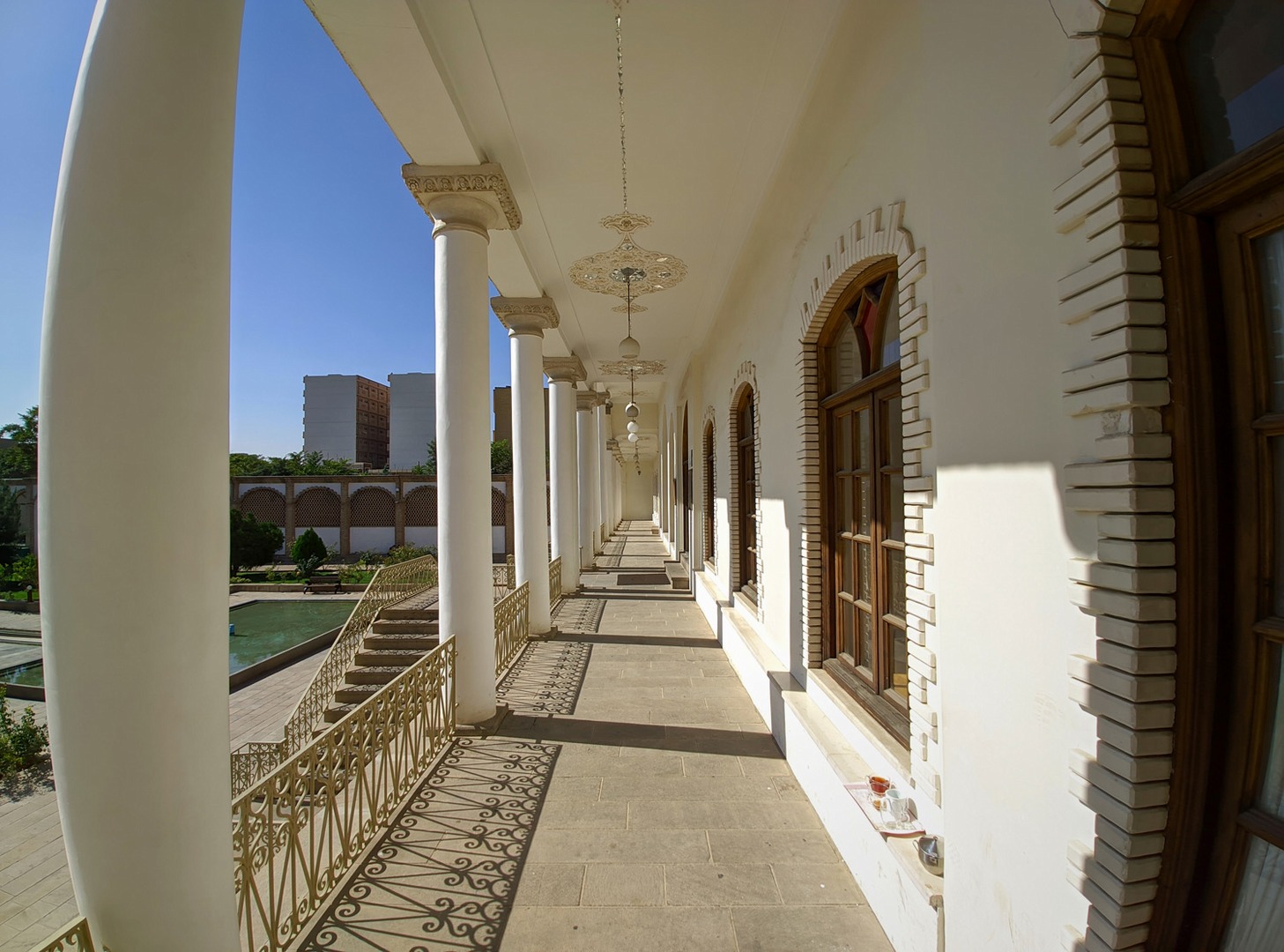
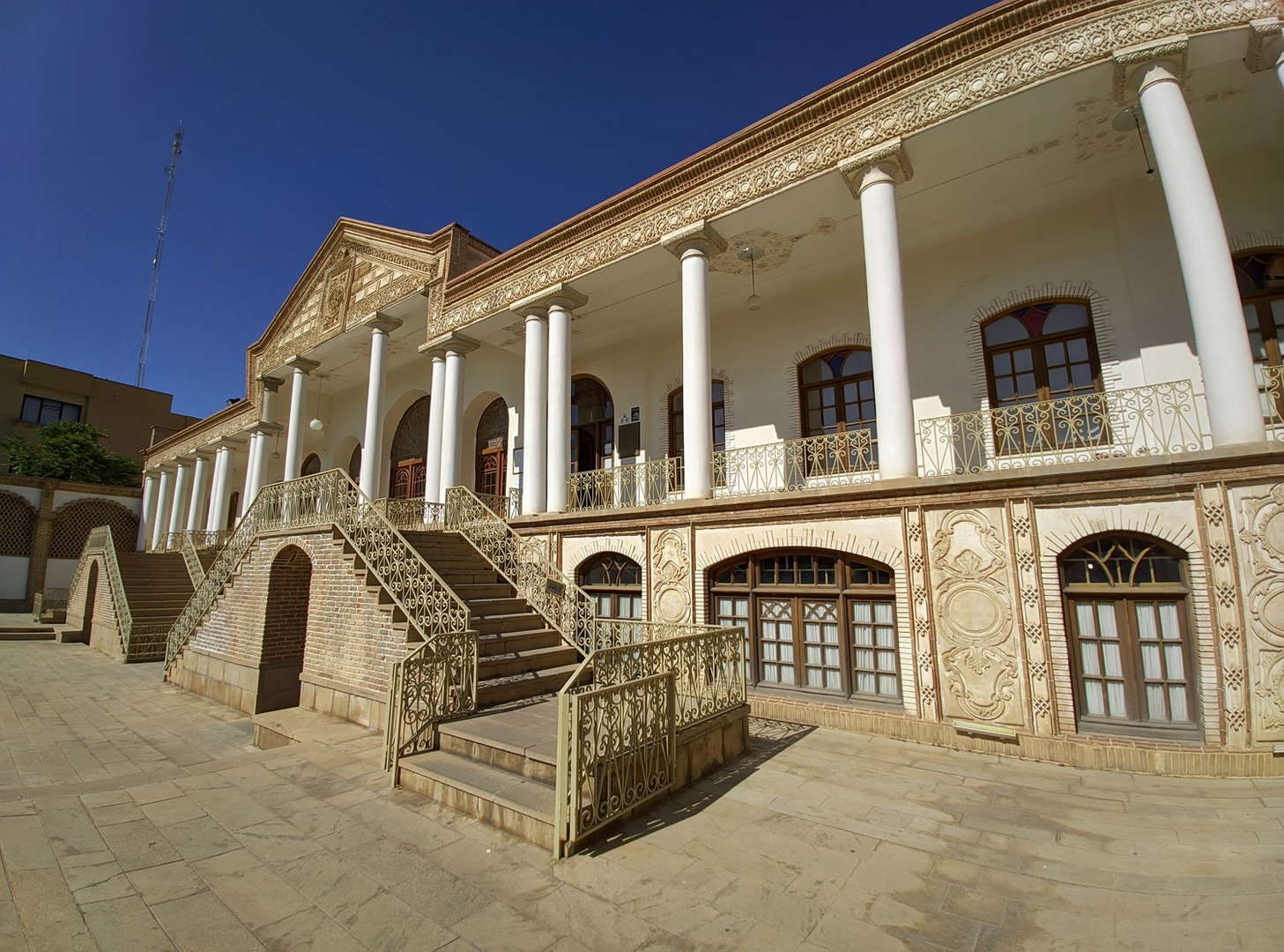
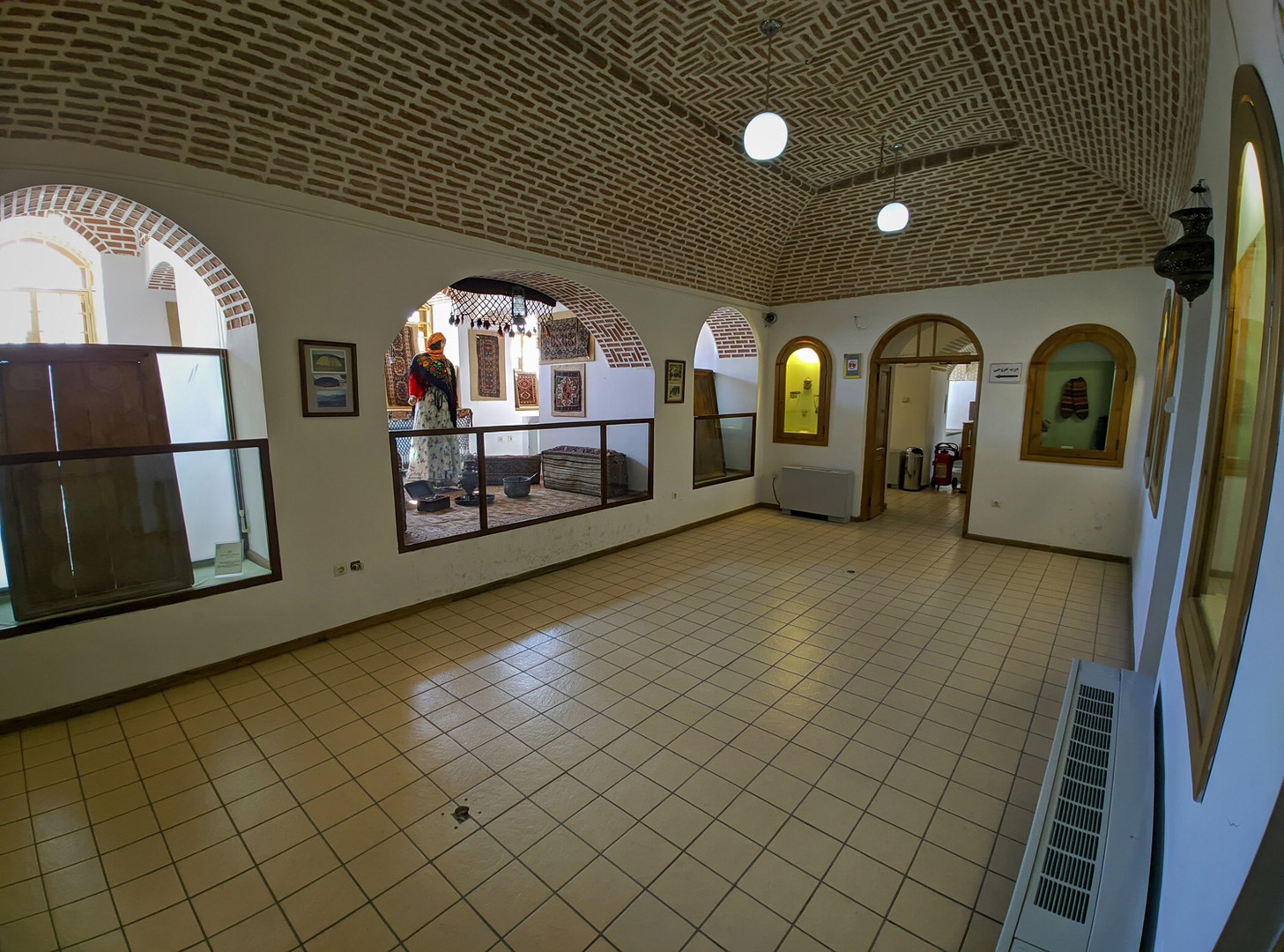
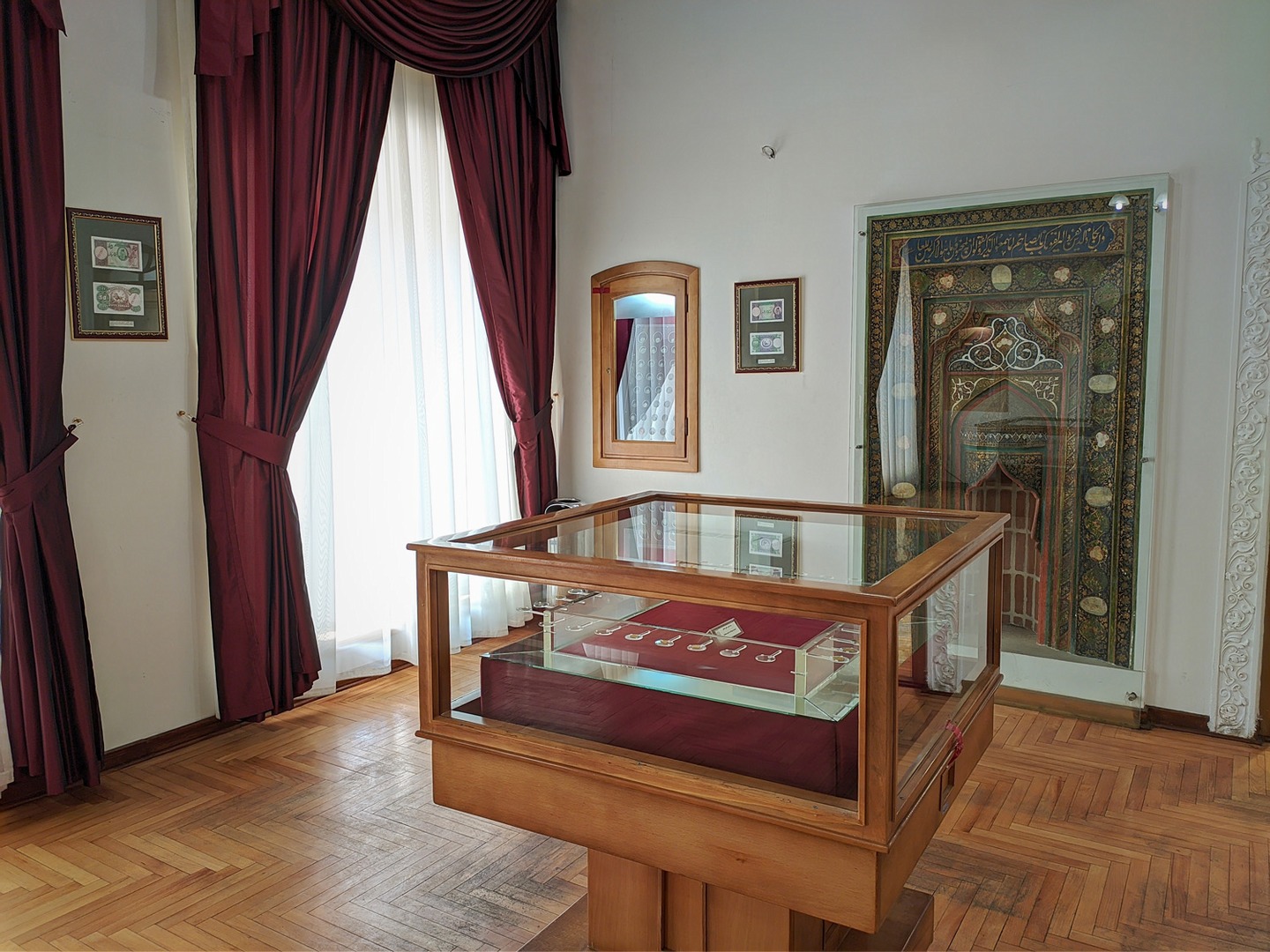
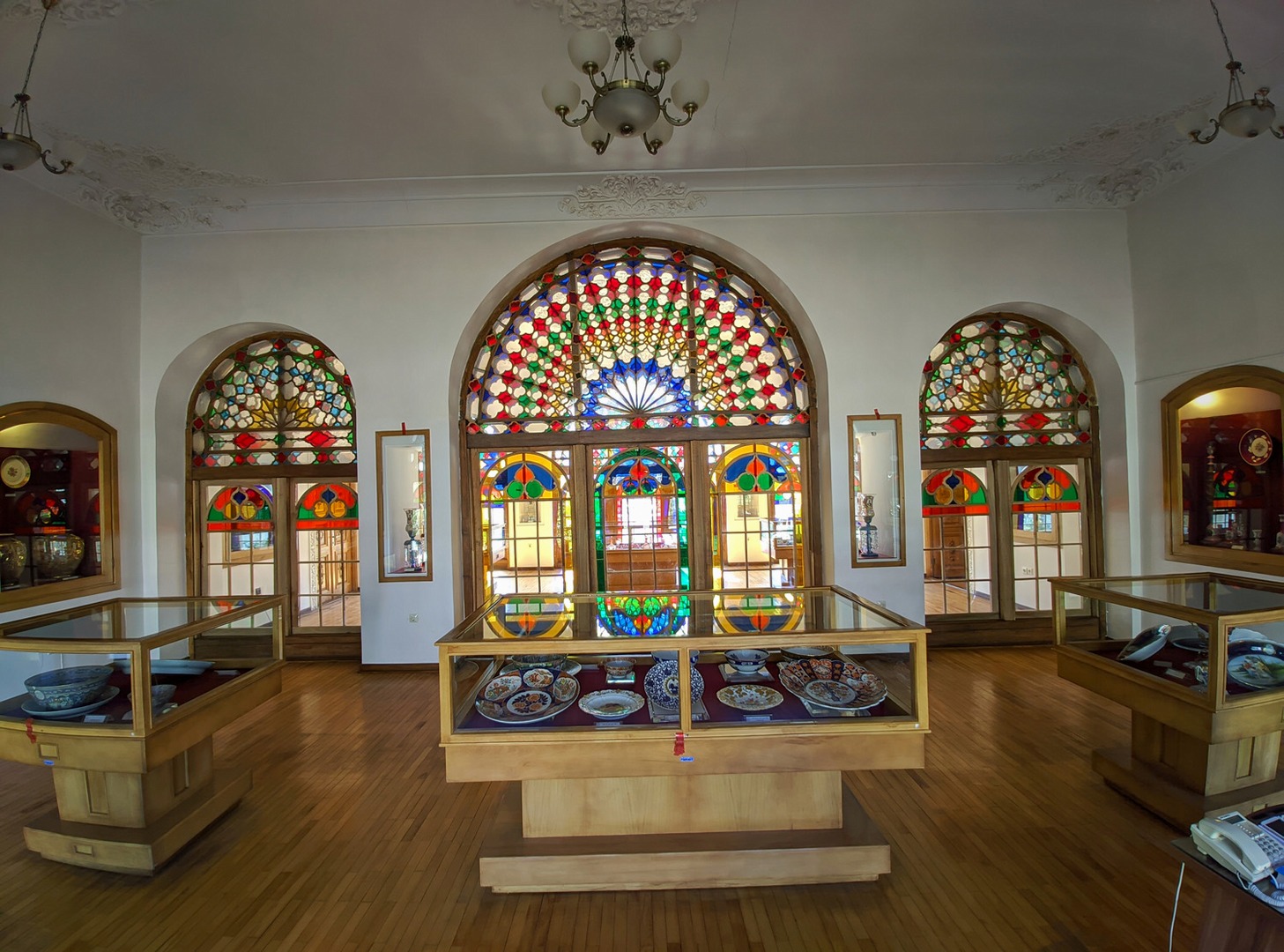
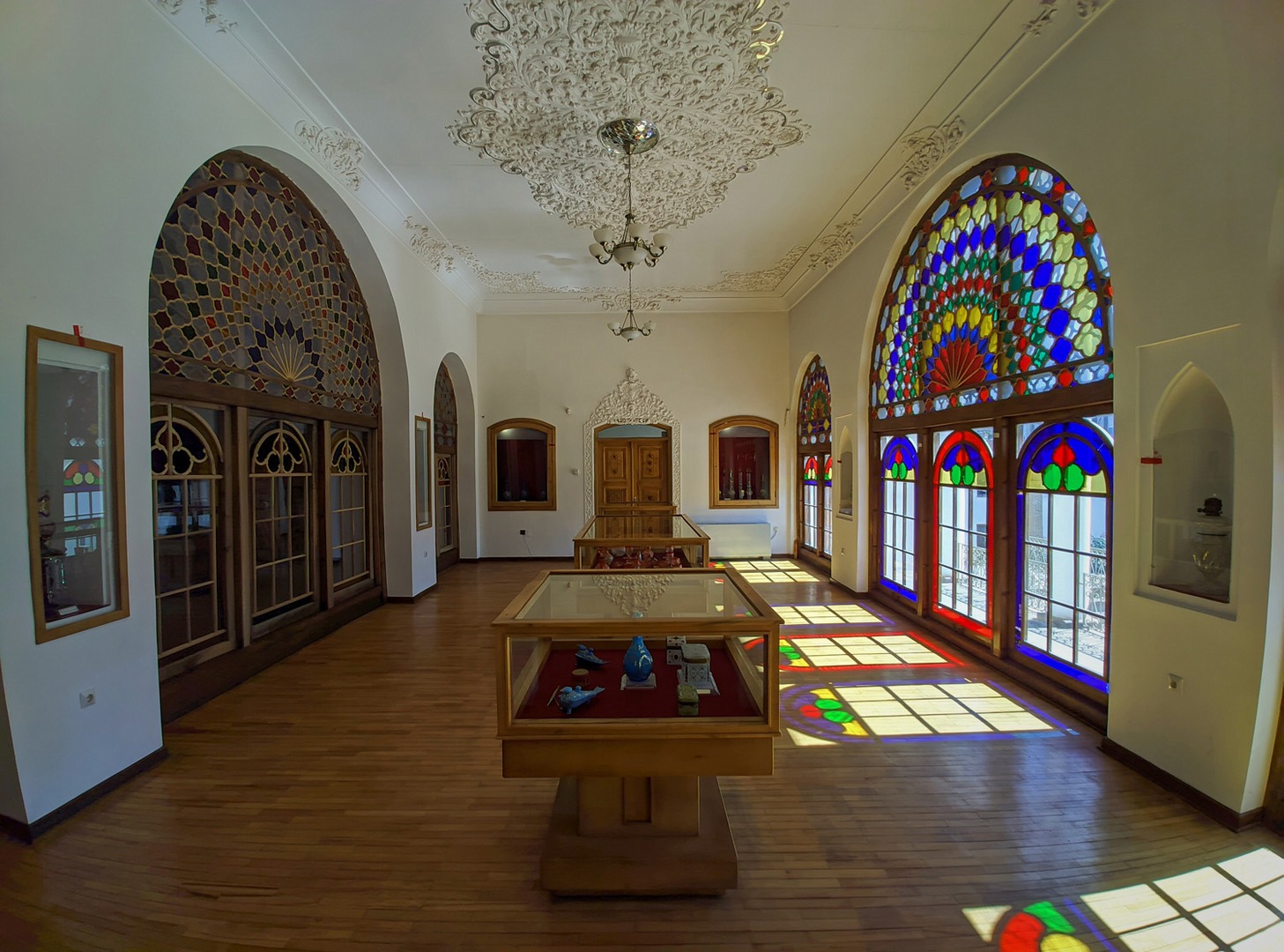
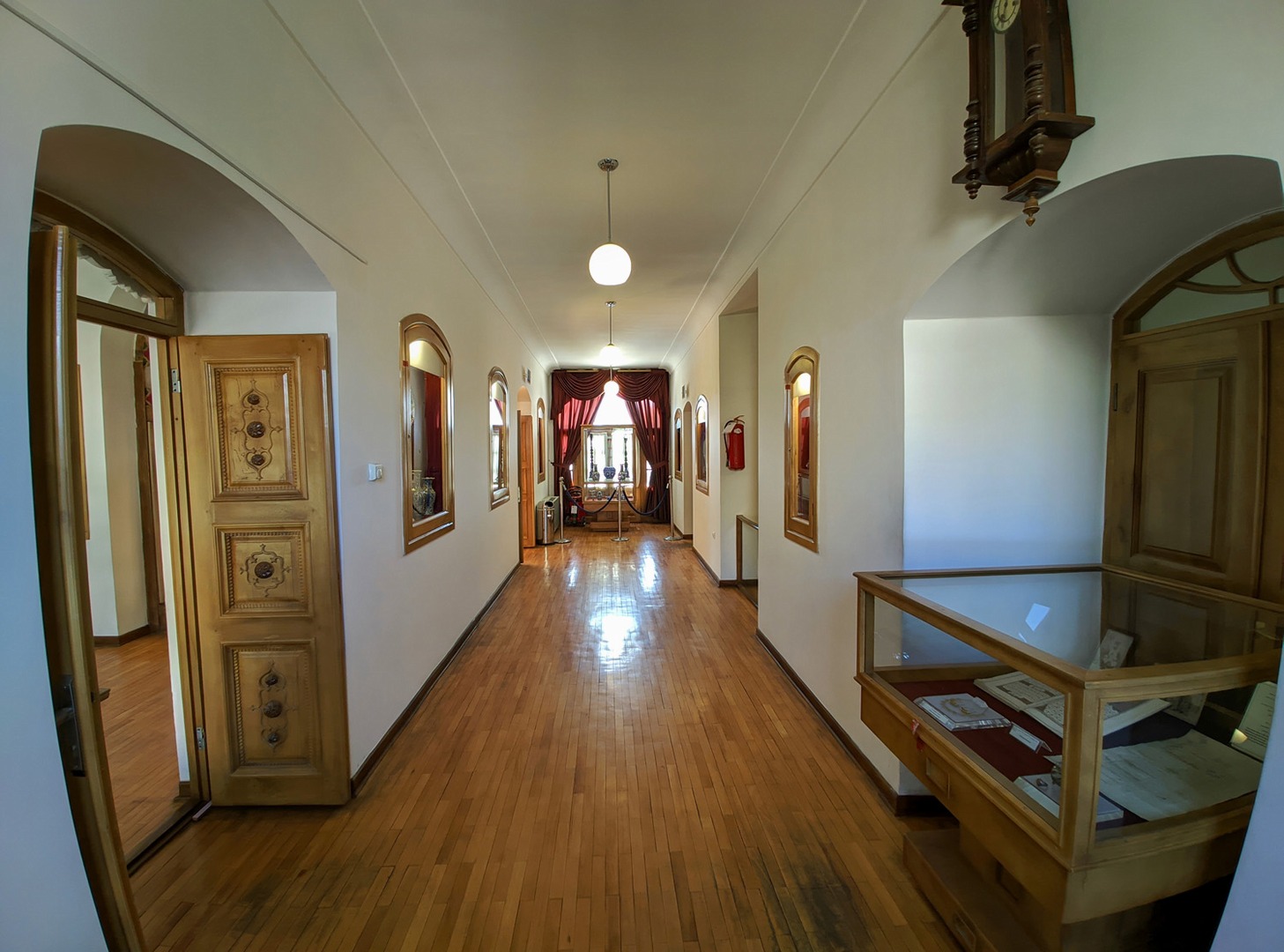
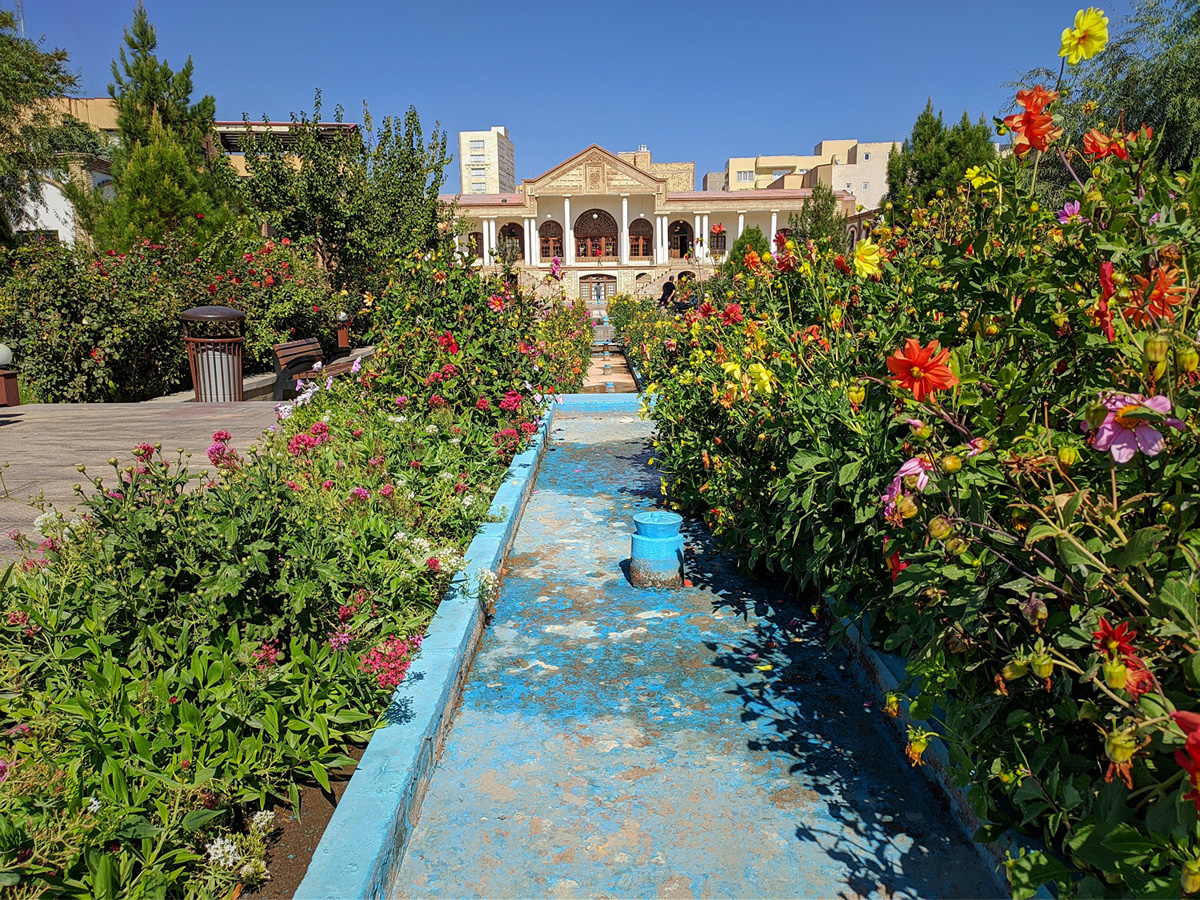
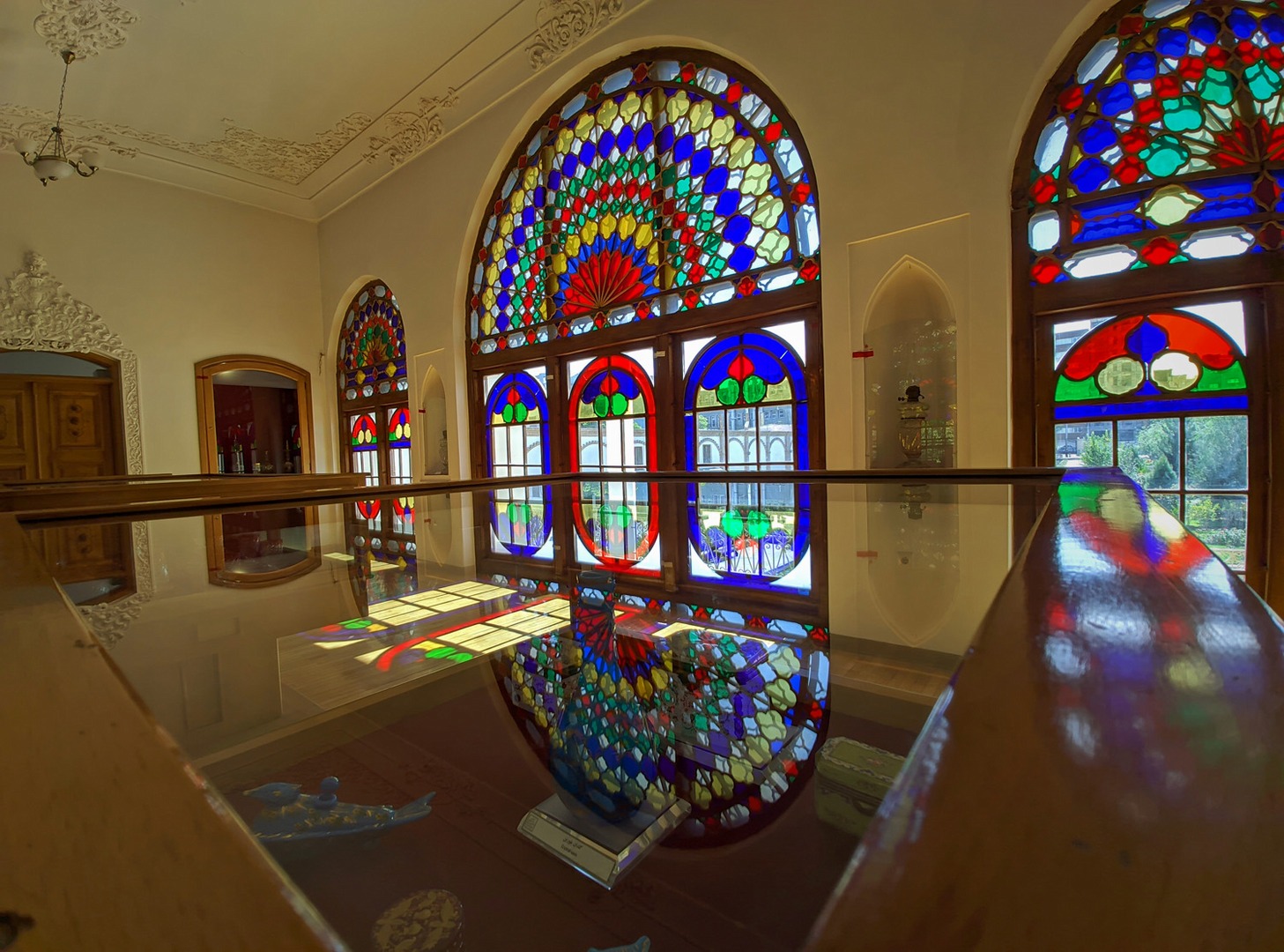
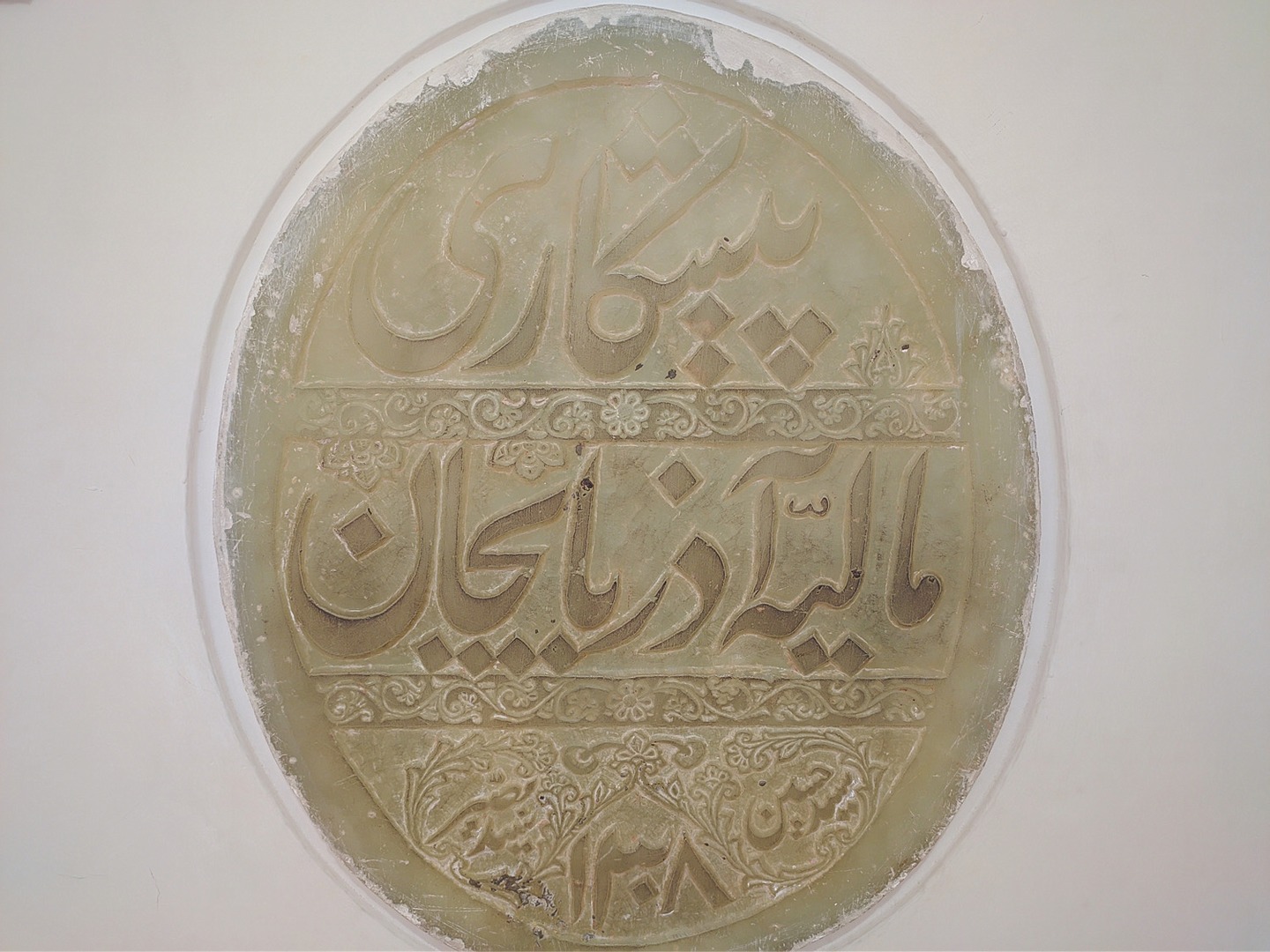
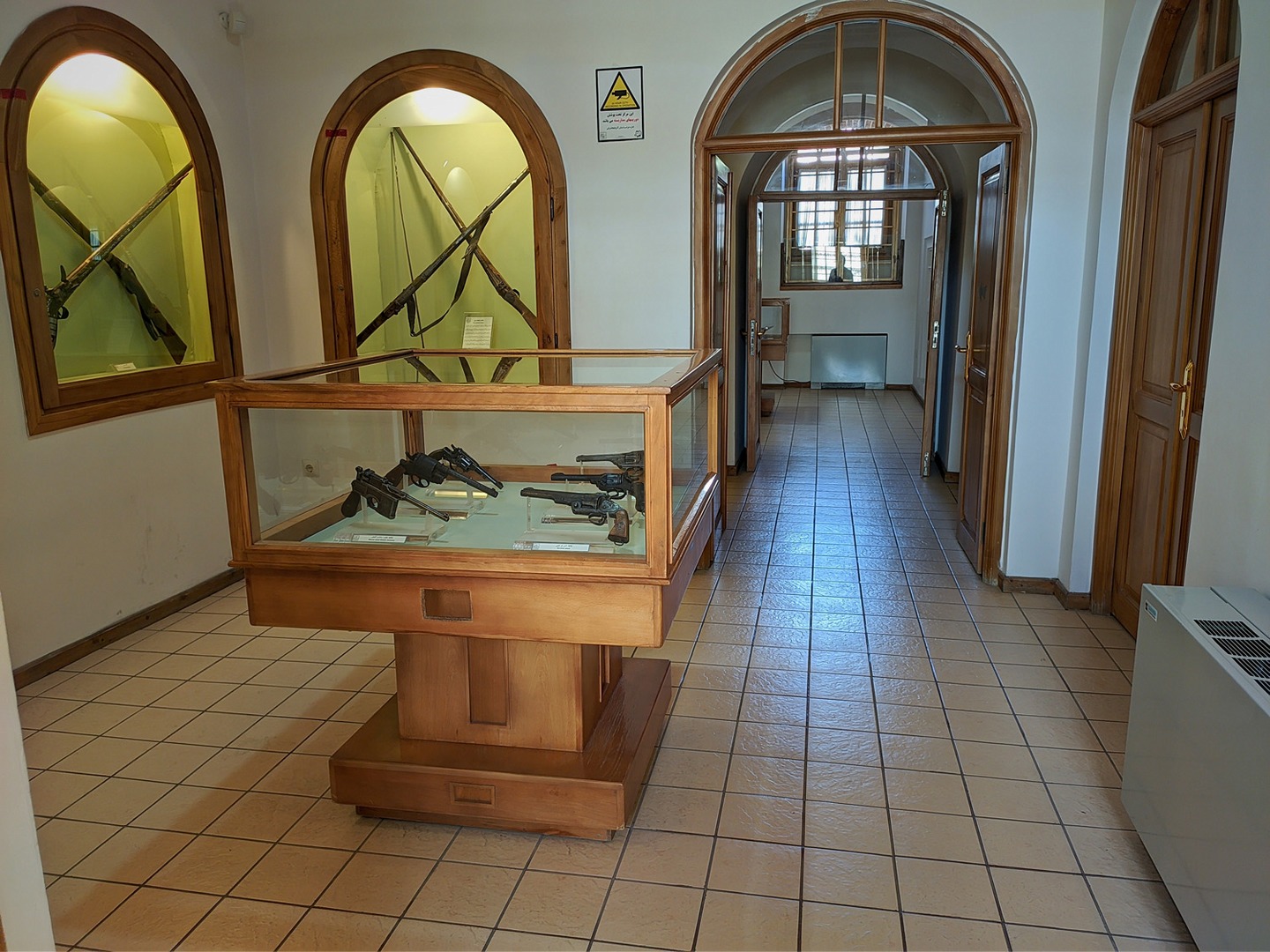
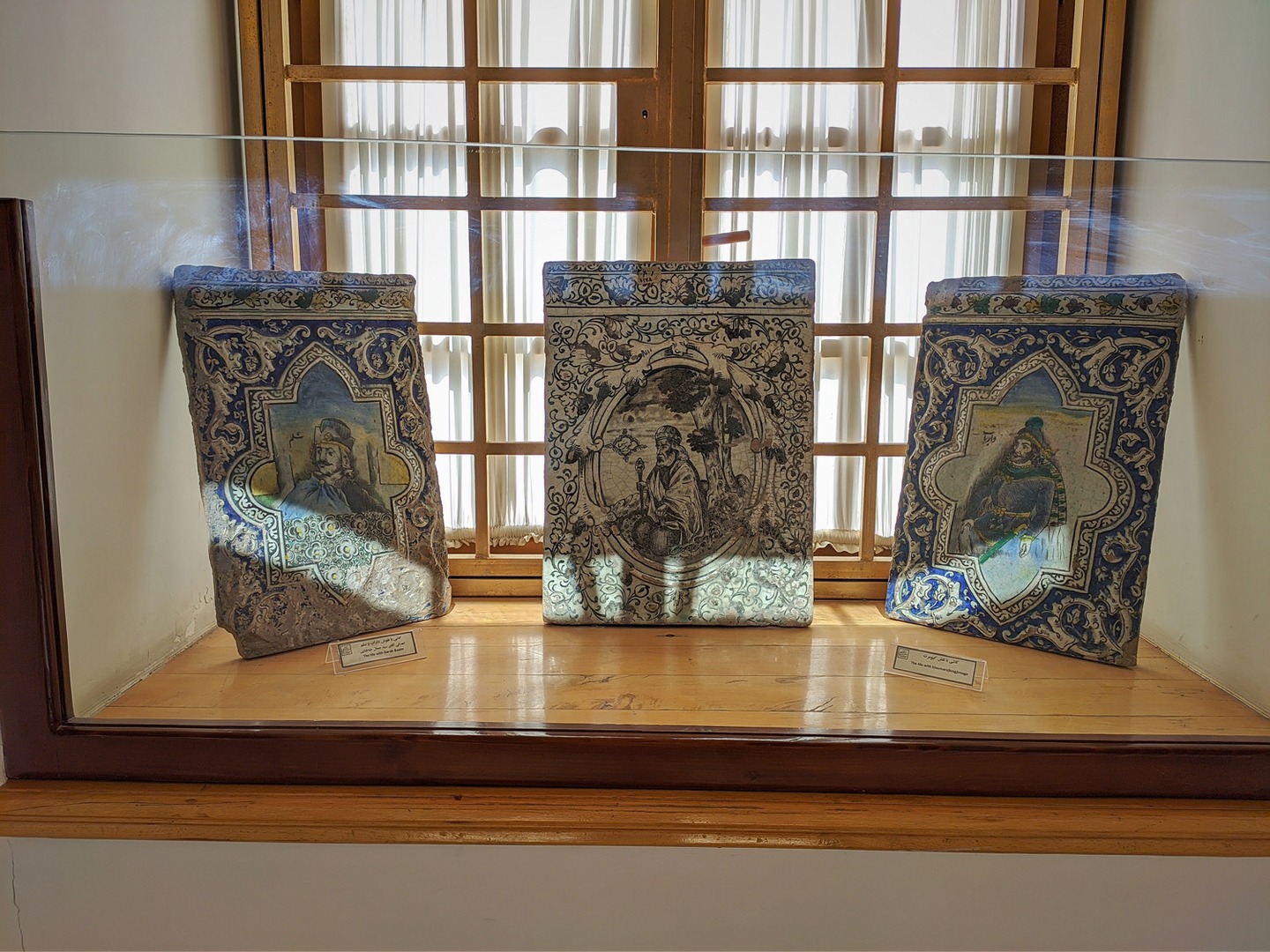
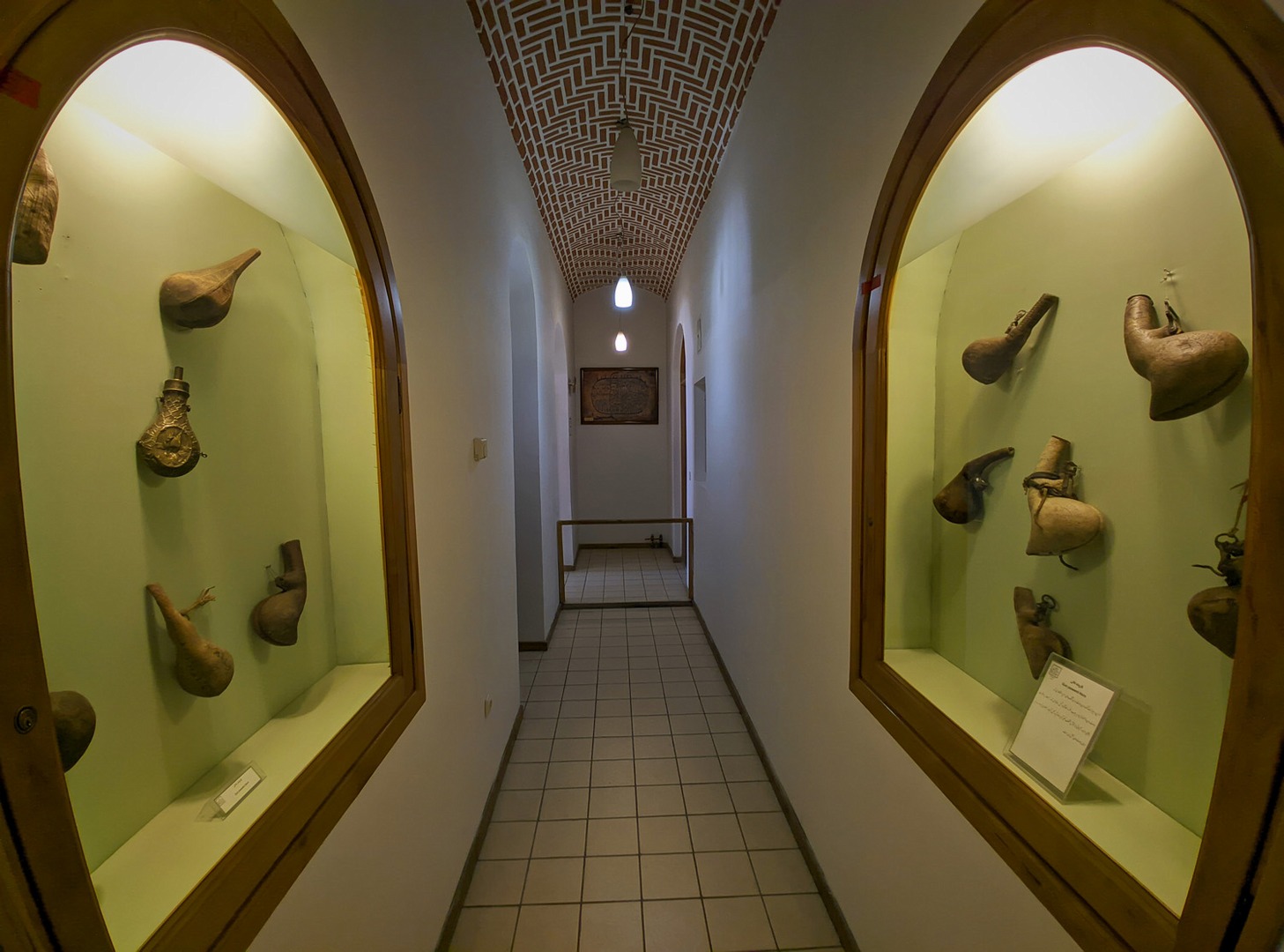
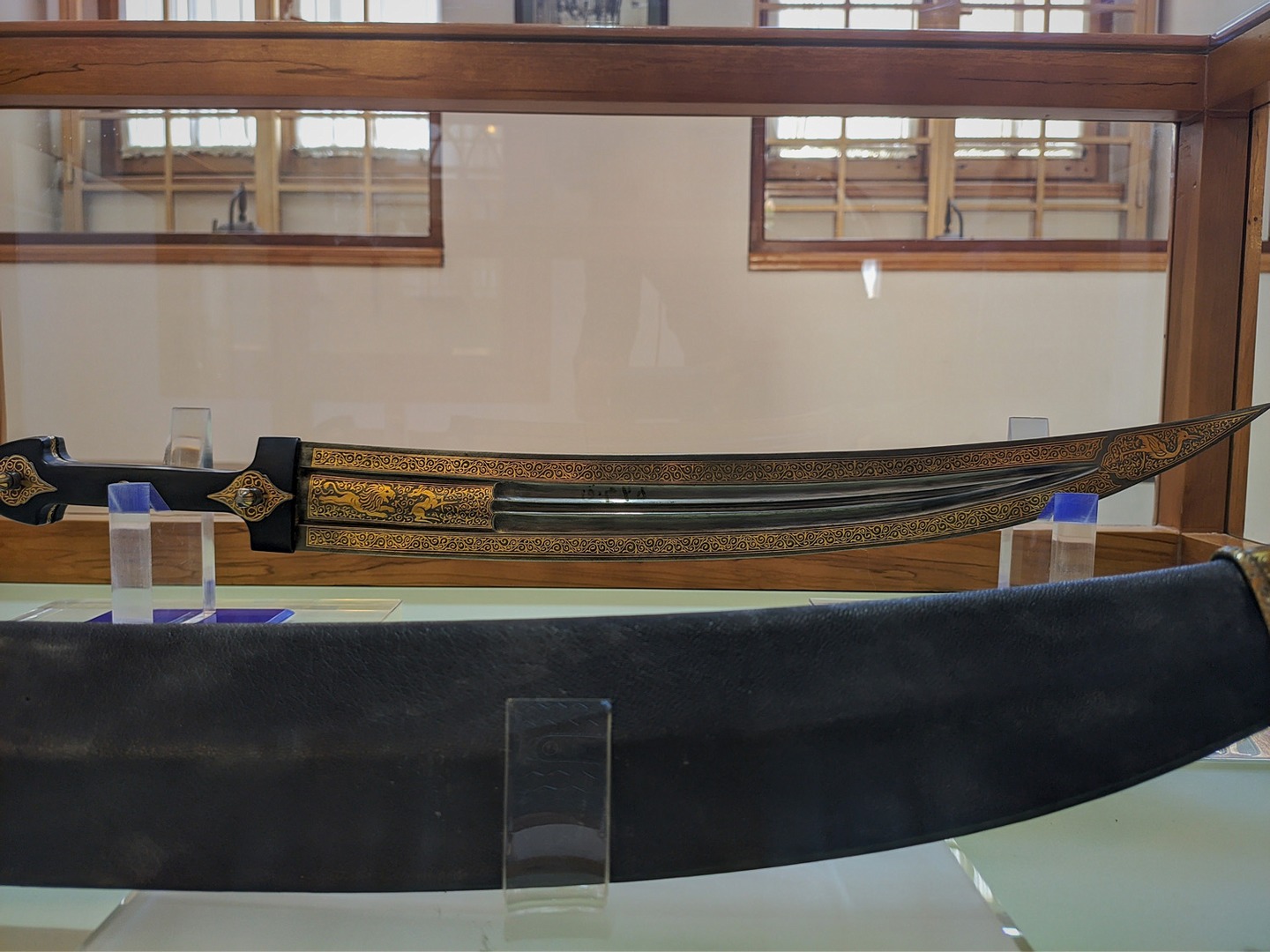
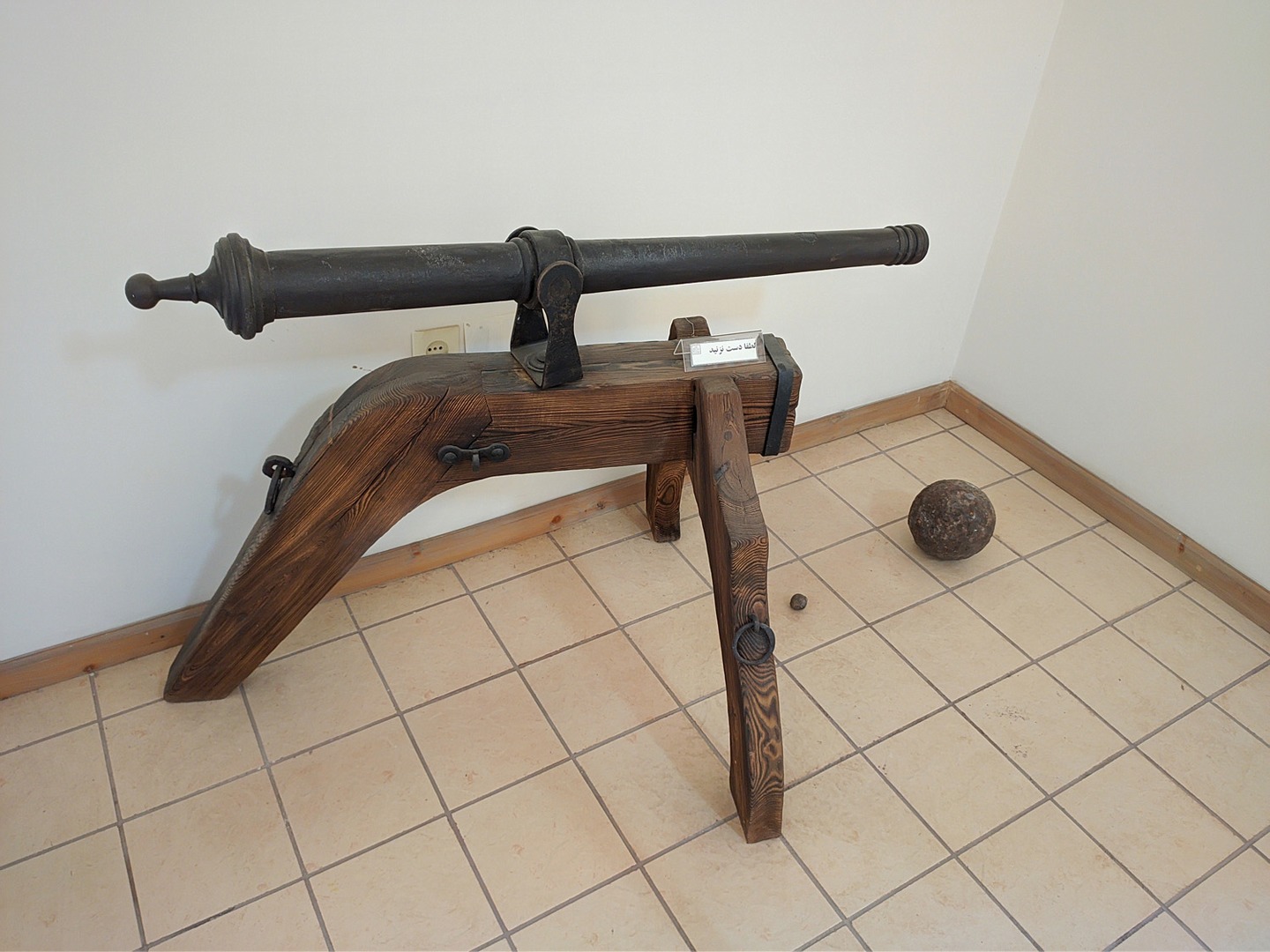
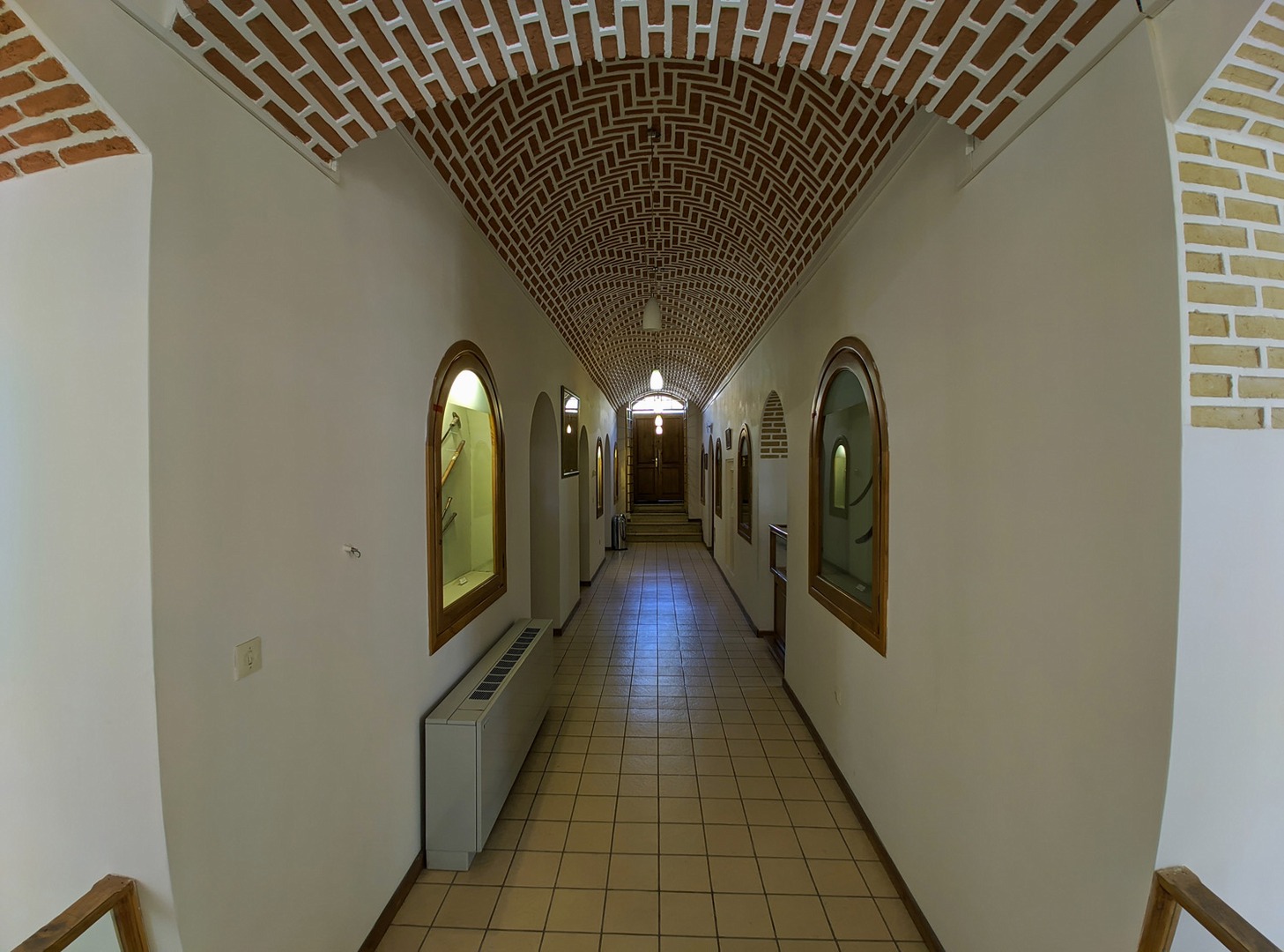
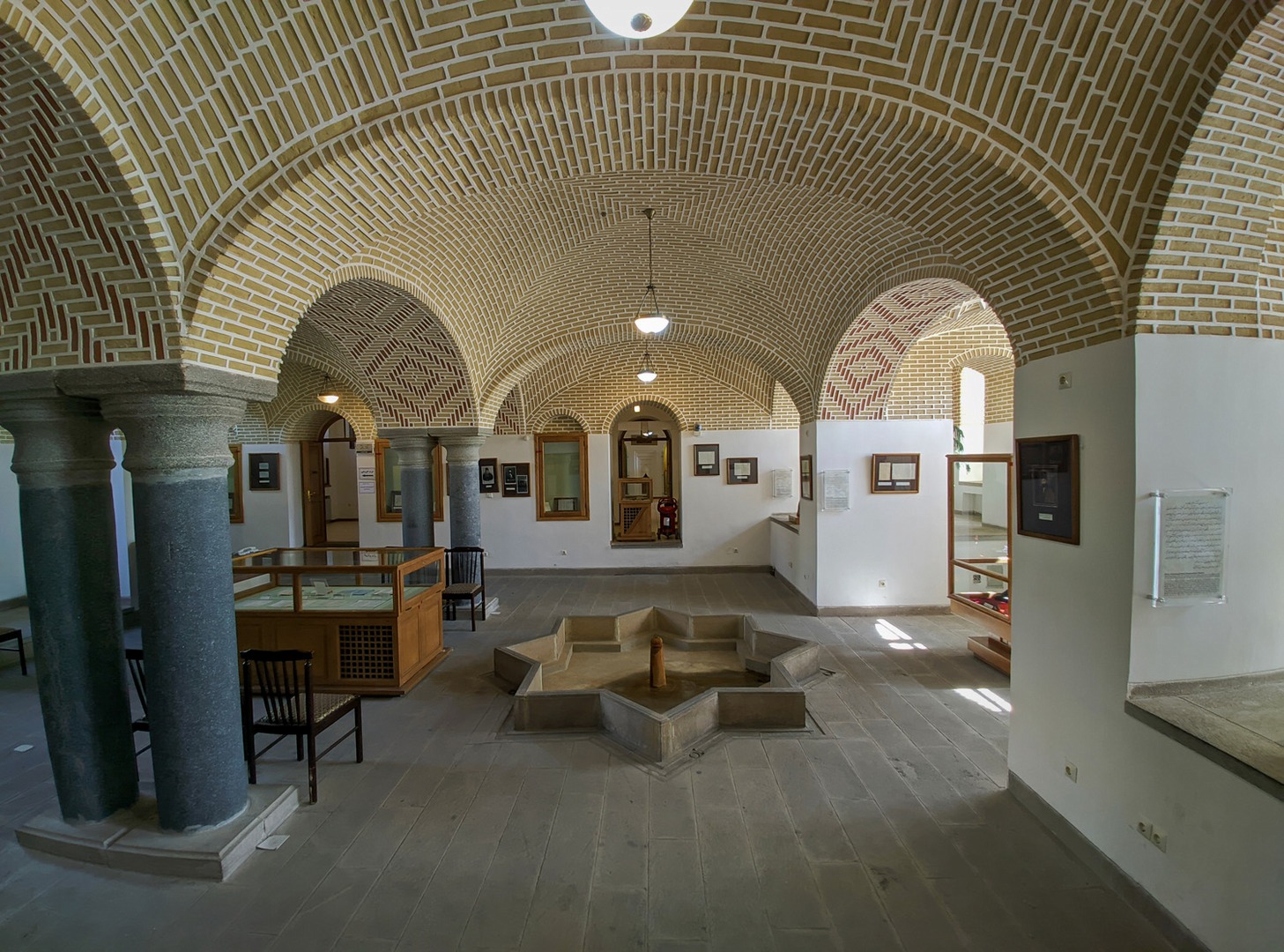
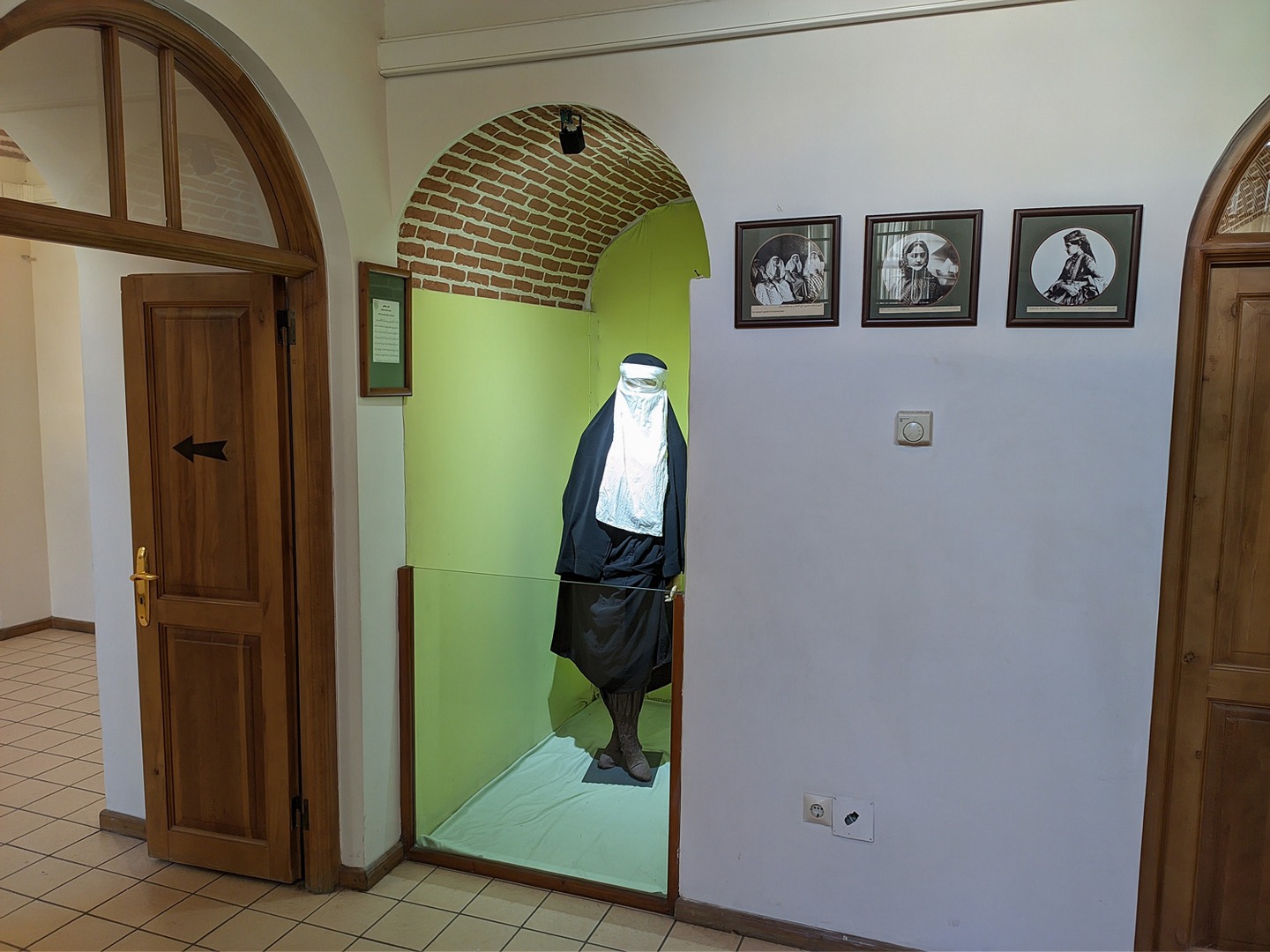
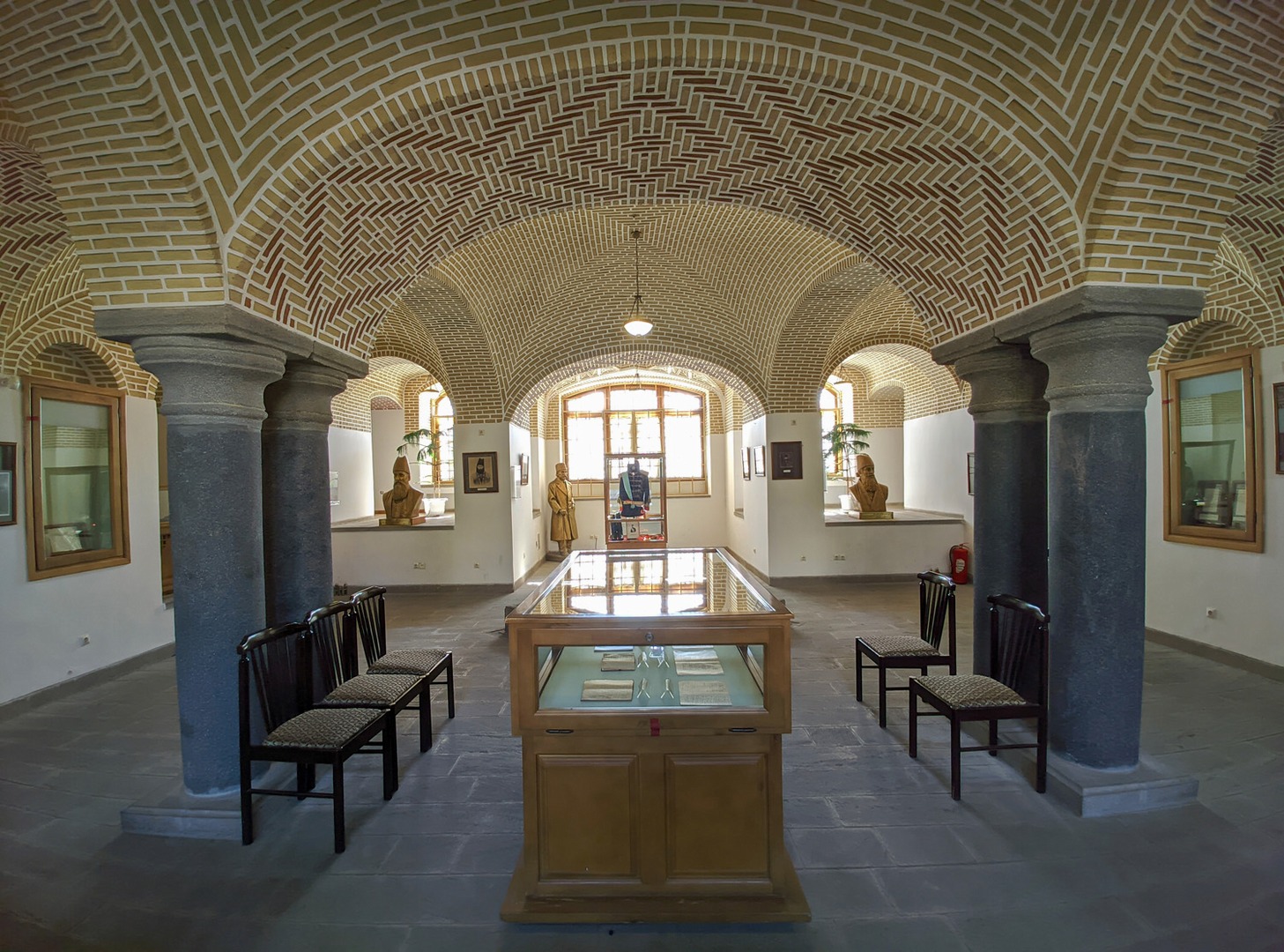
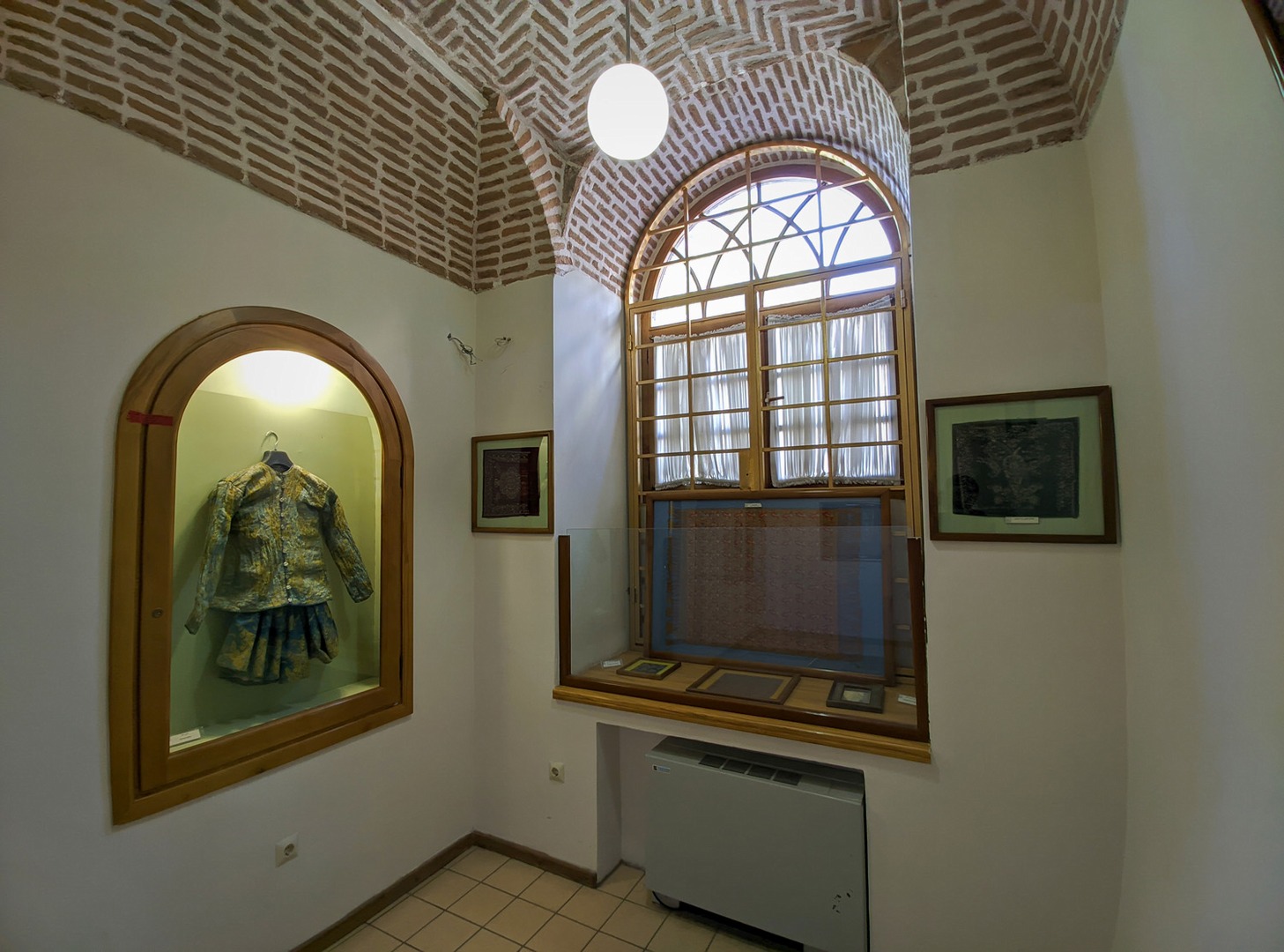
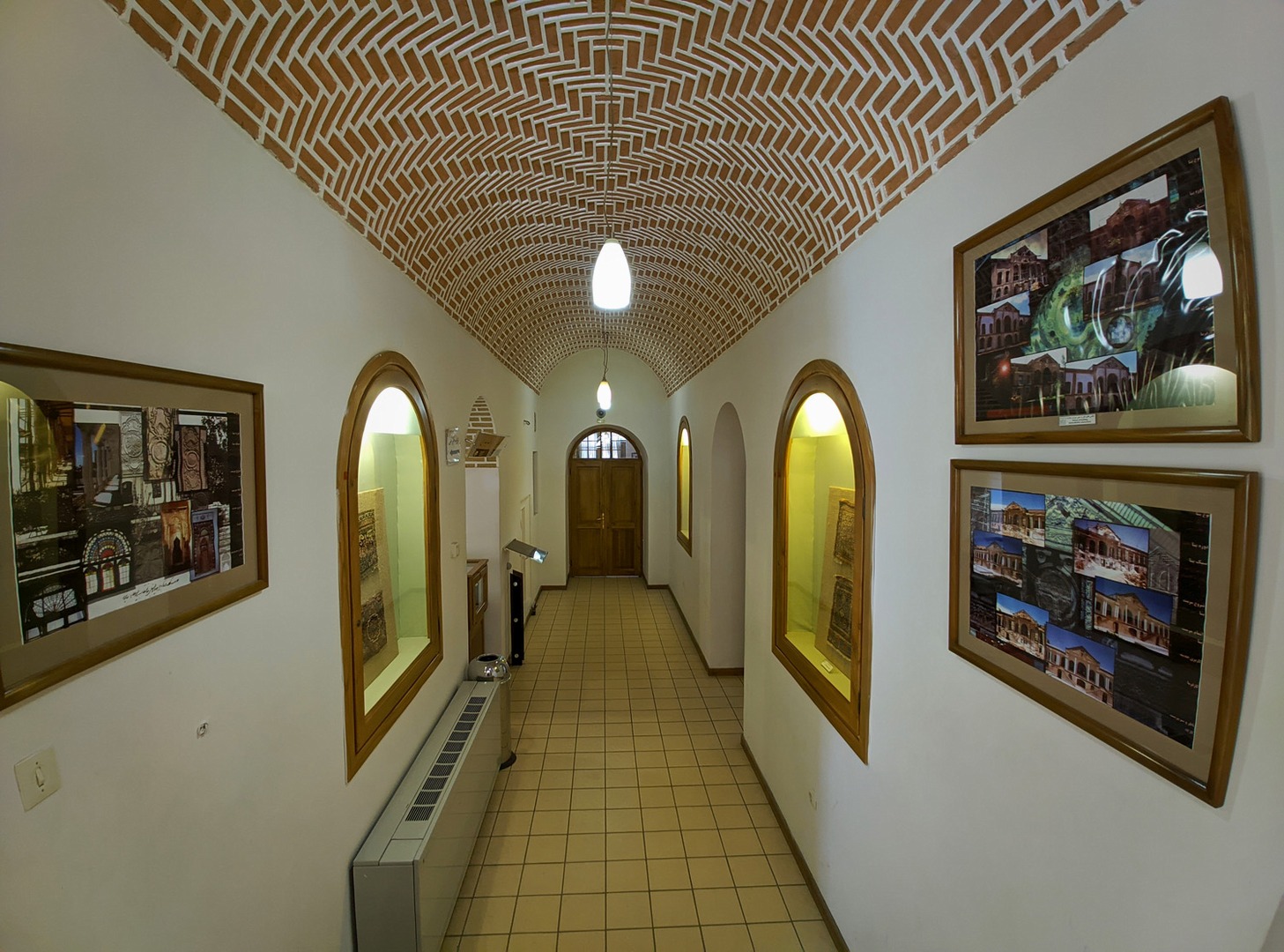
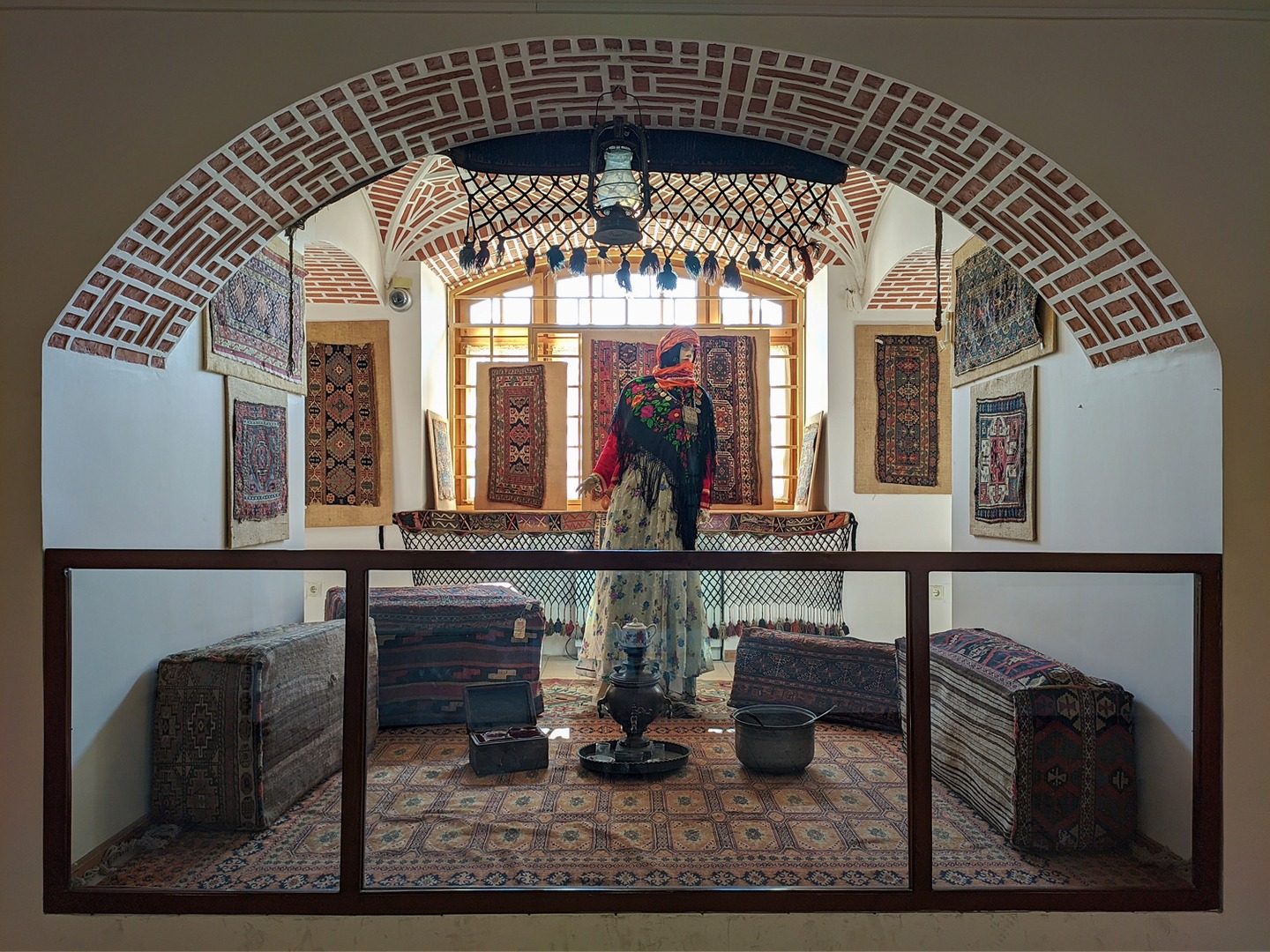
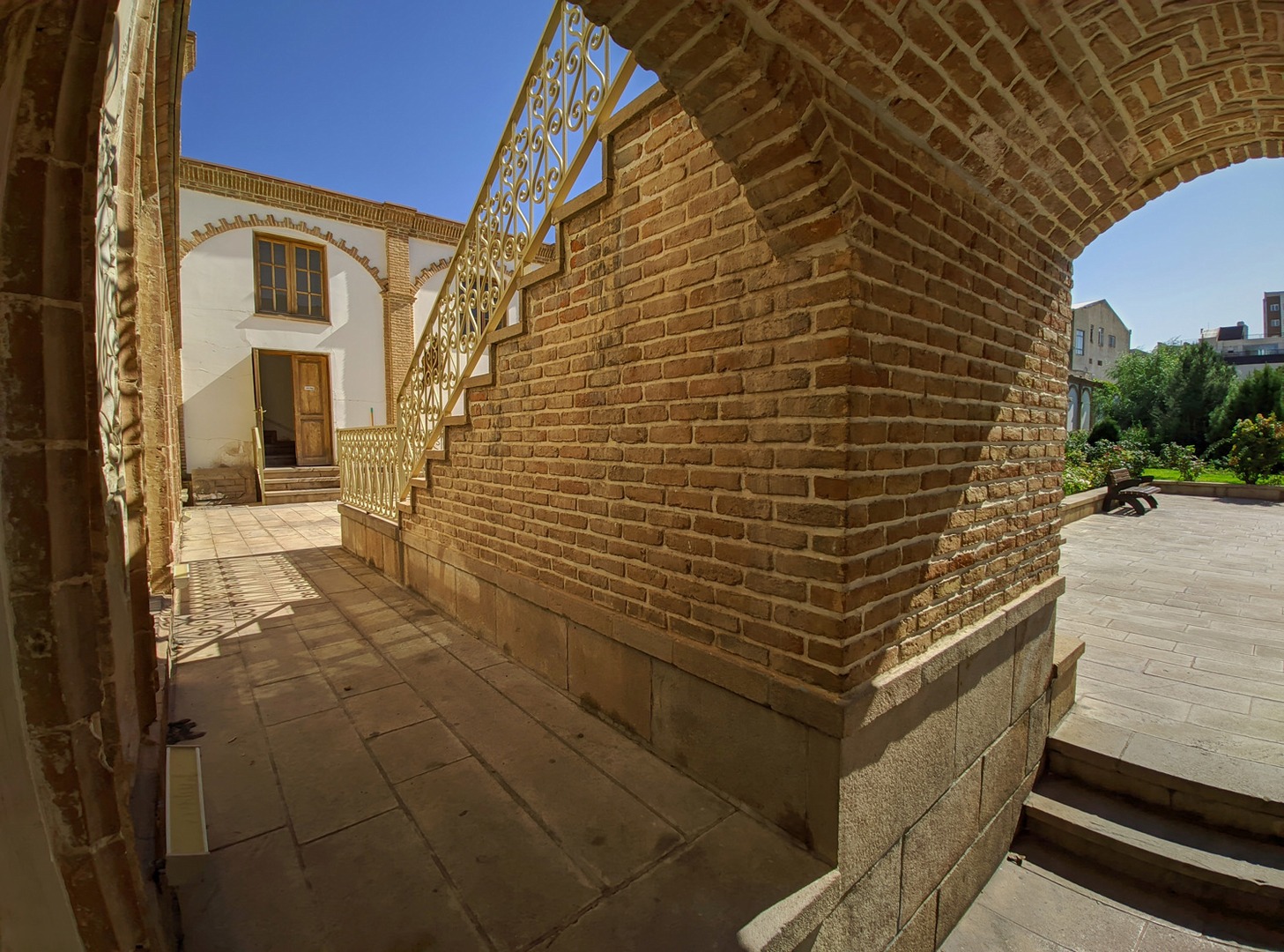
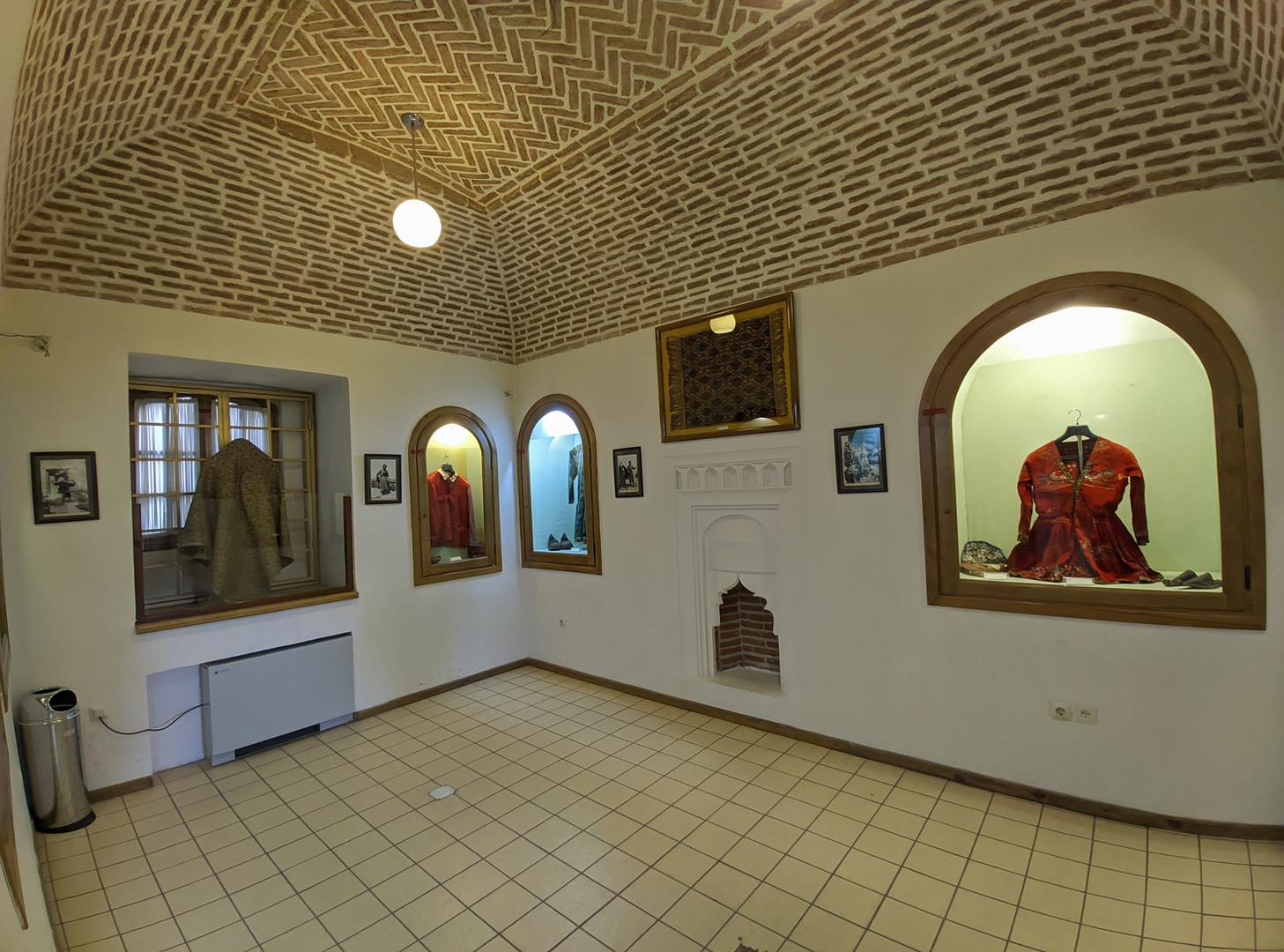

























Choose blindless
Red blindless Green blindless Blue blindless Red hard to see Green hard to see Blue hard to see Monochrome Special MonochromeFont size change:
Change word spacing:
Change line height:
Change mouse type:
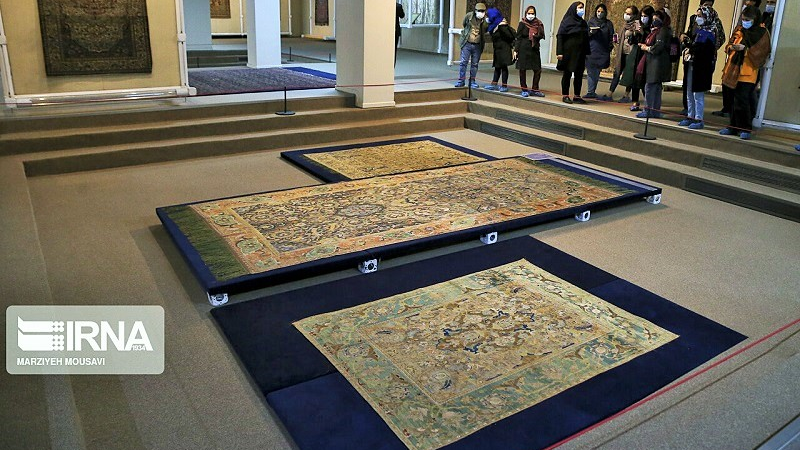



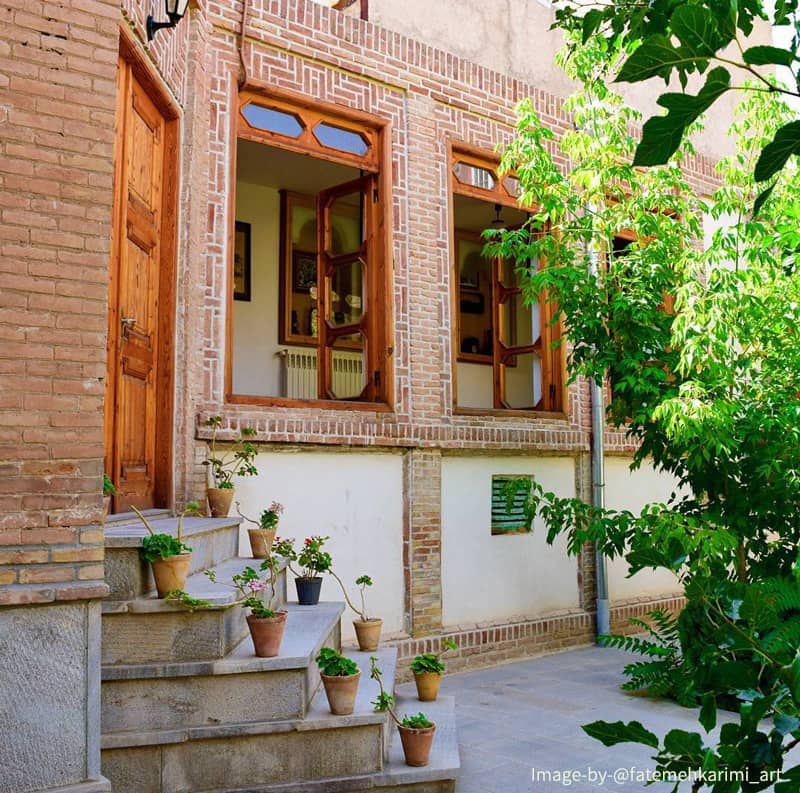

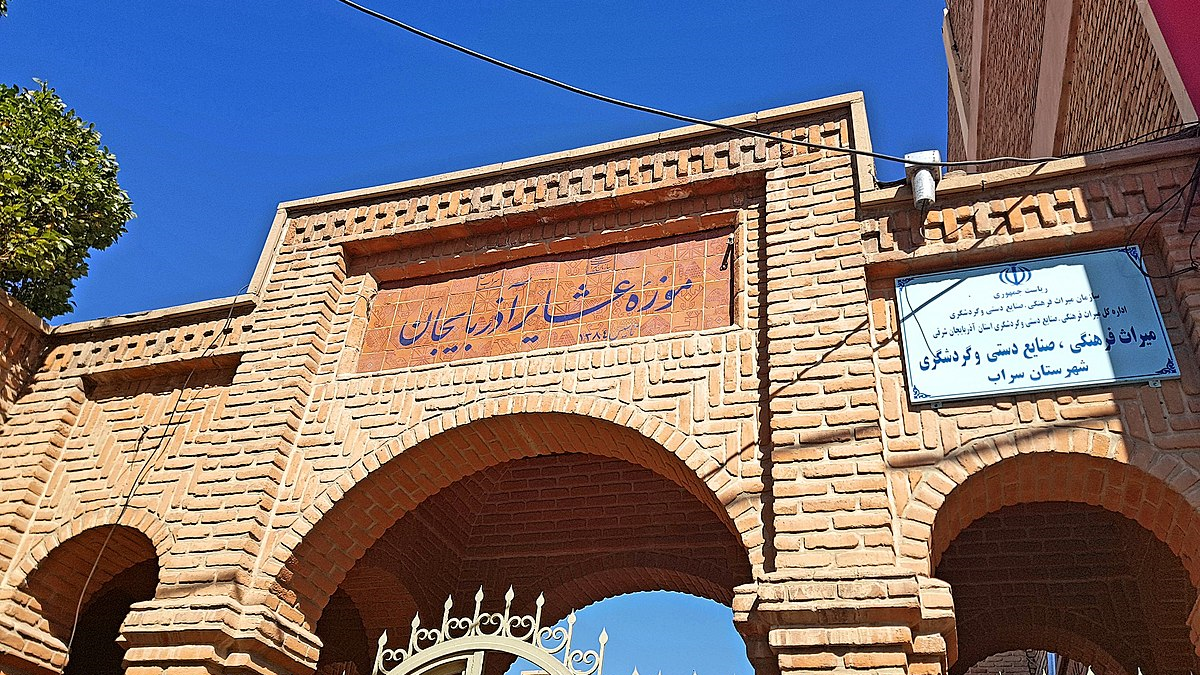
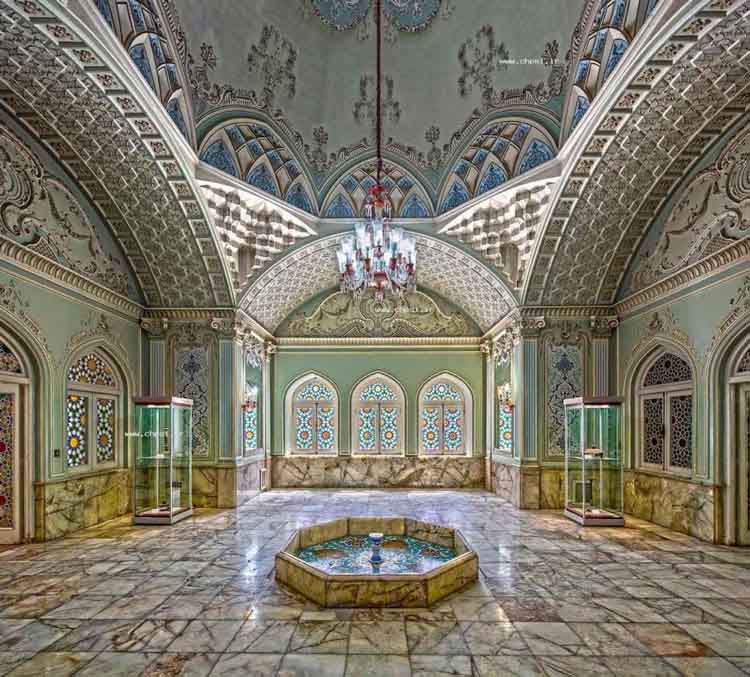

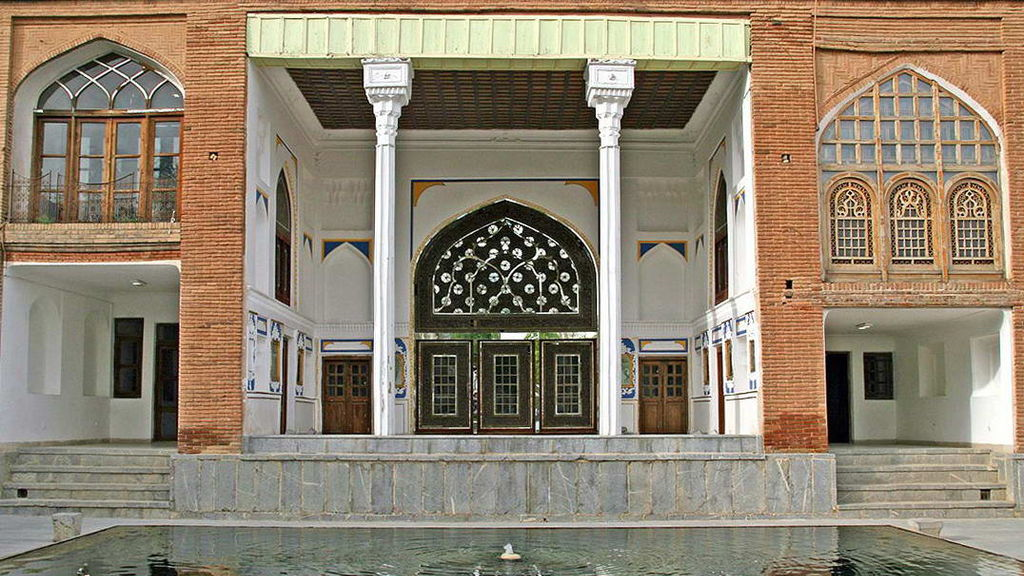
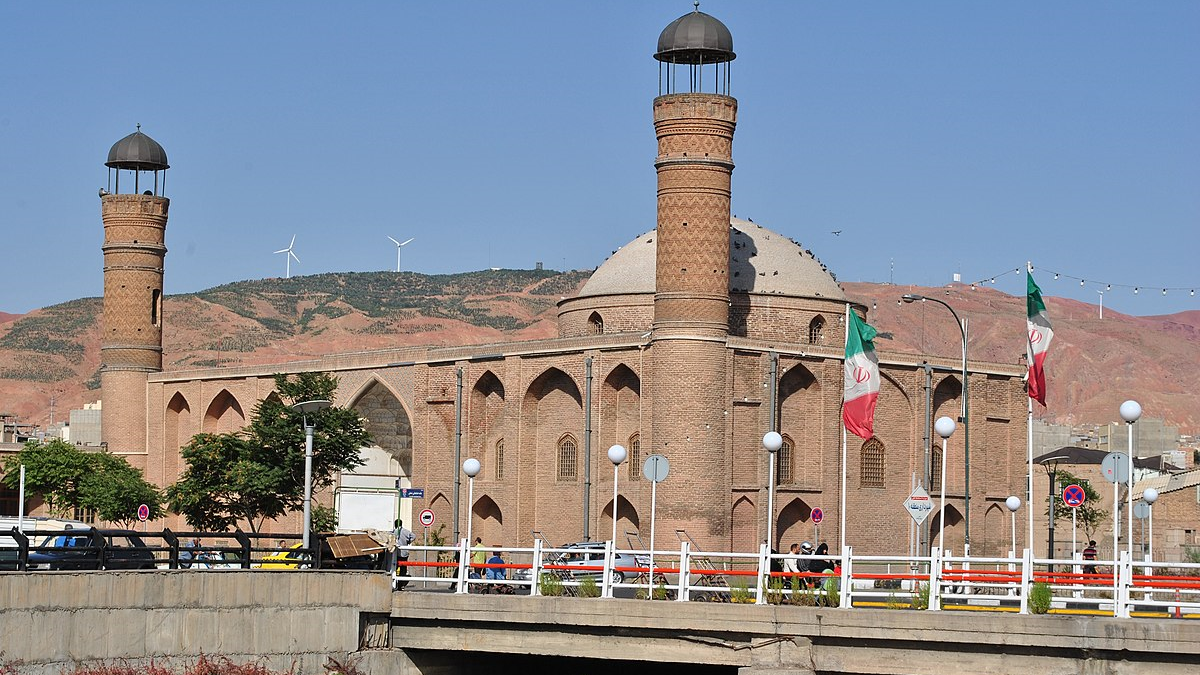
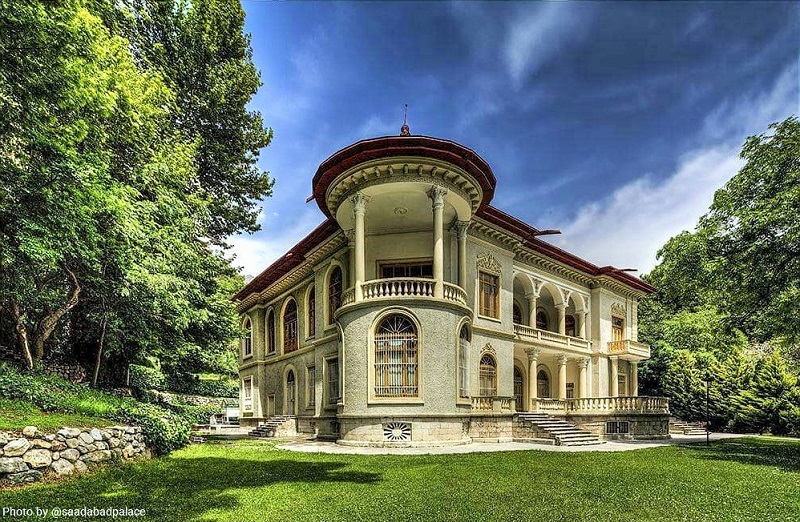
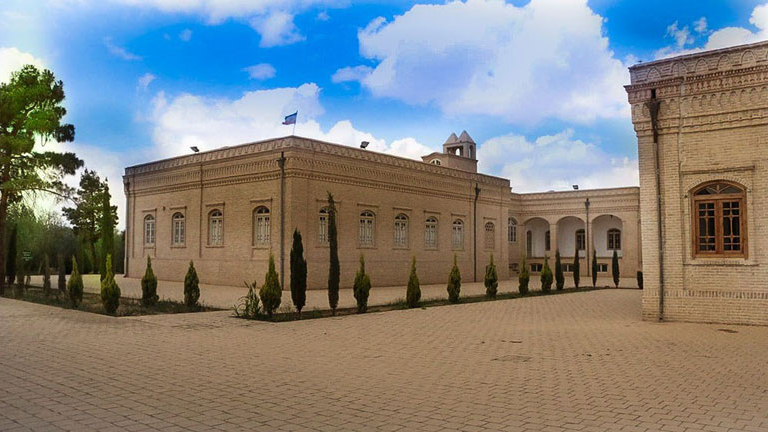
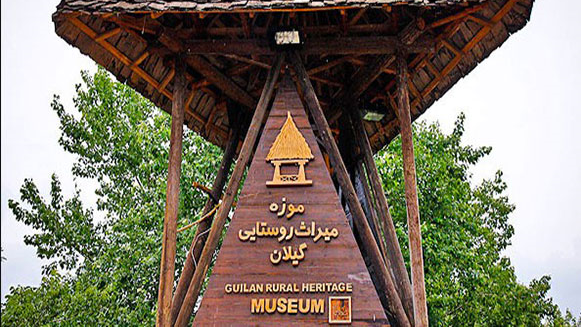


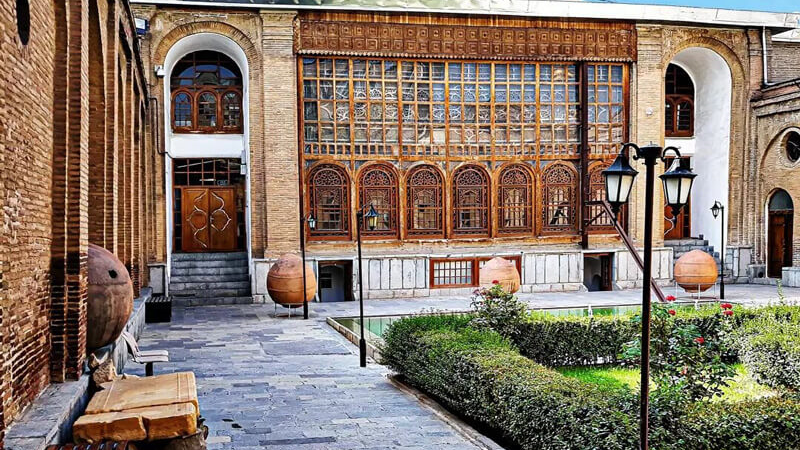
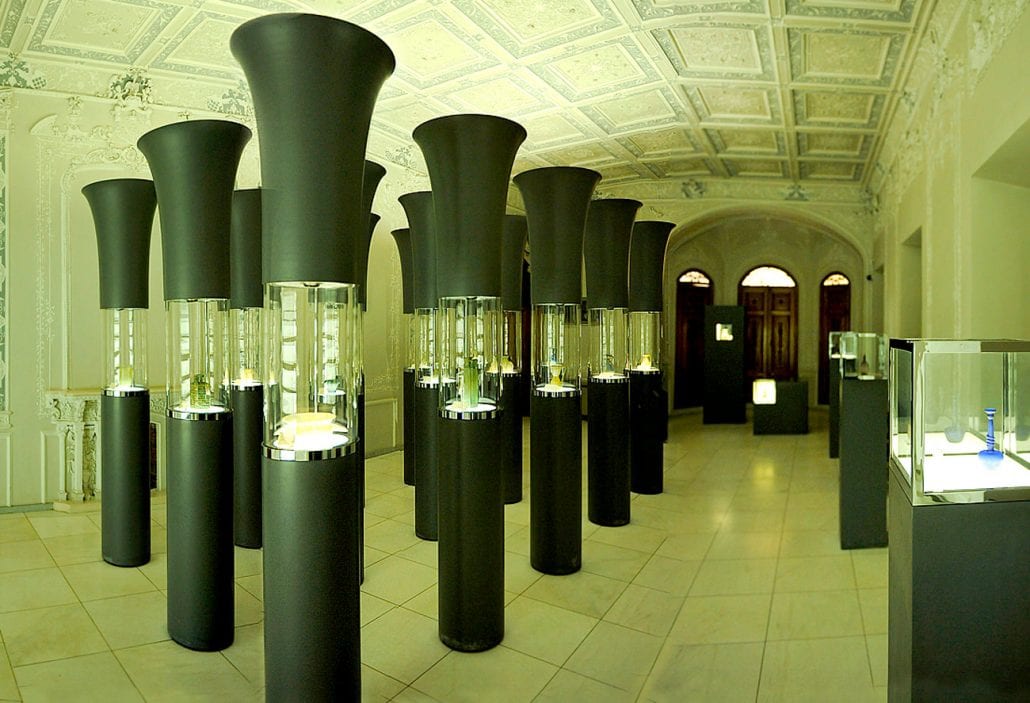


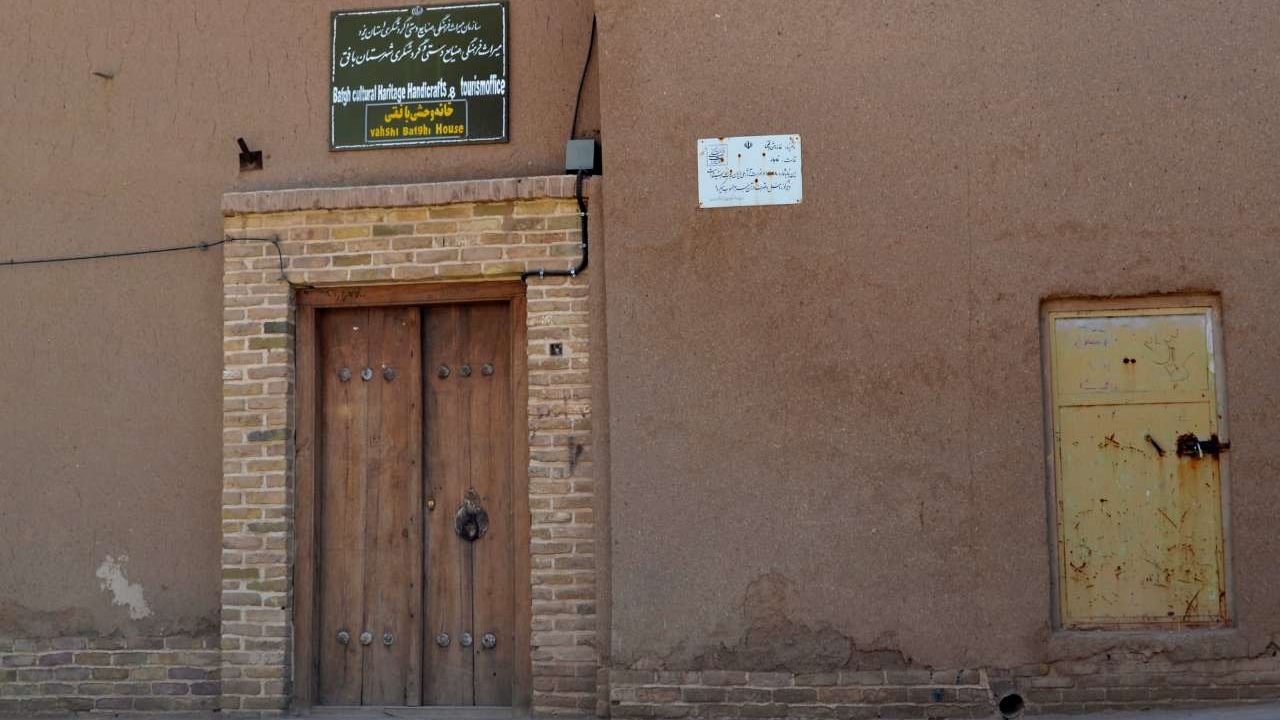
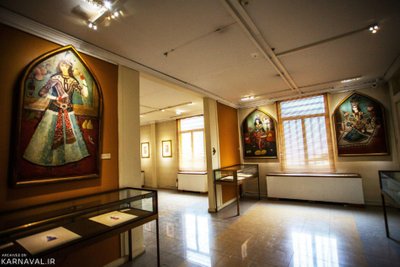
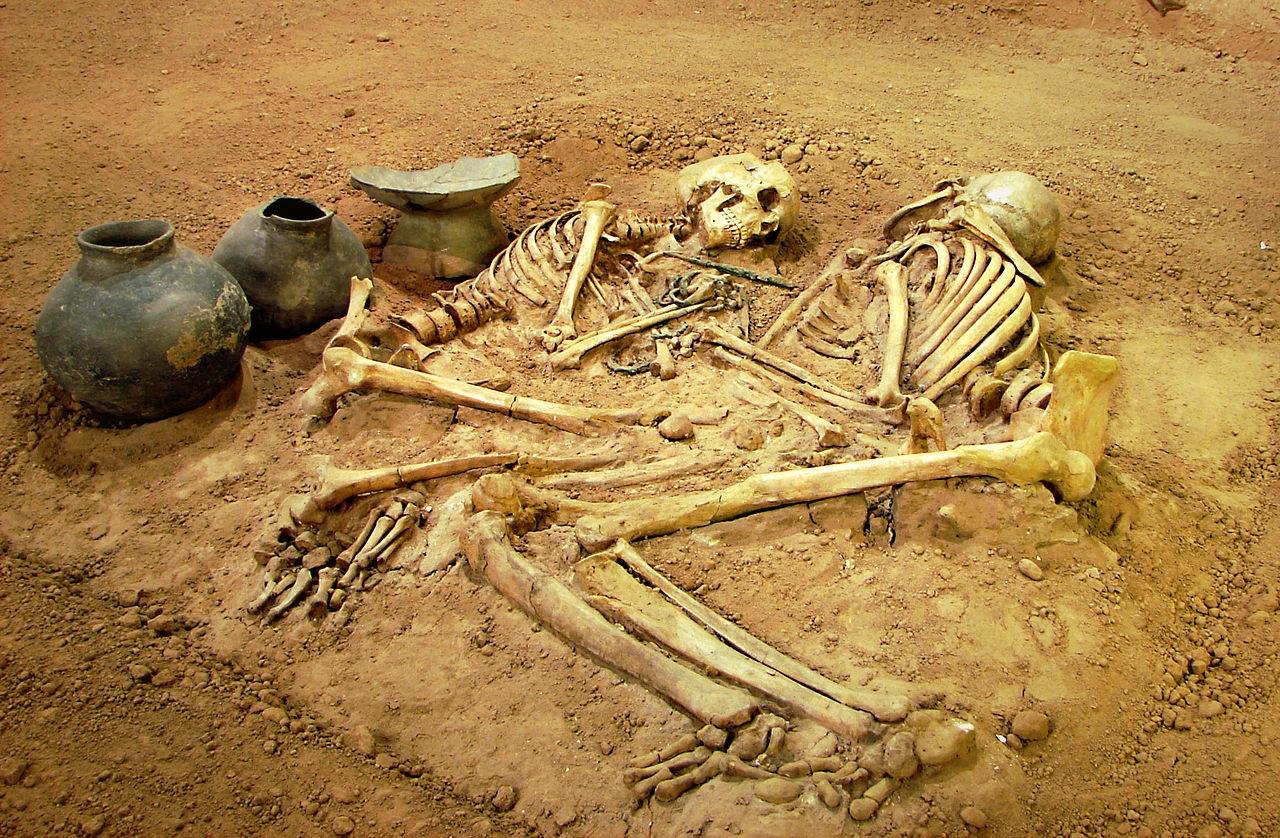
 ابرکوه_crop_3.jpg)
